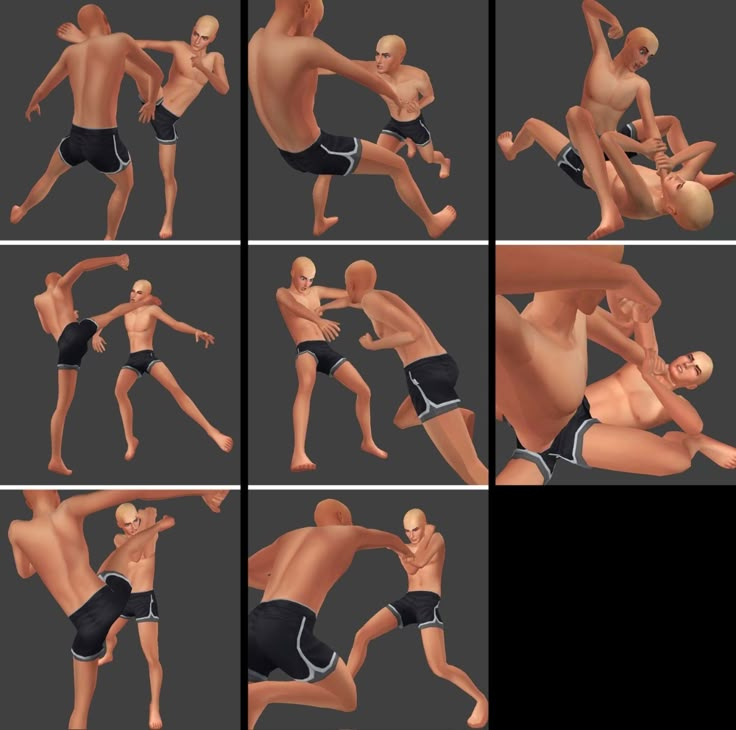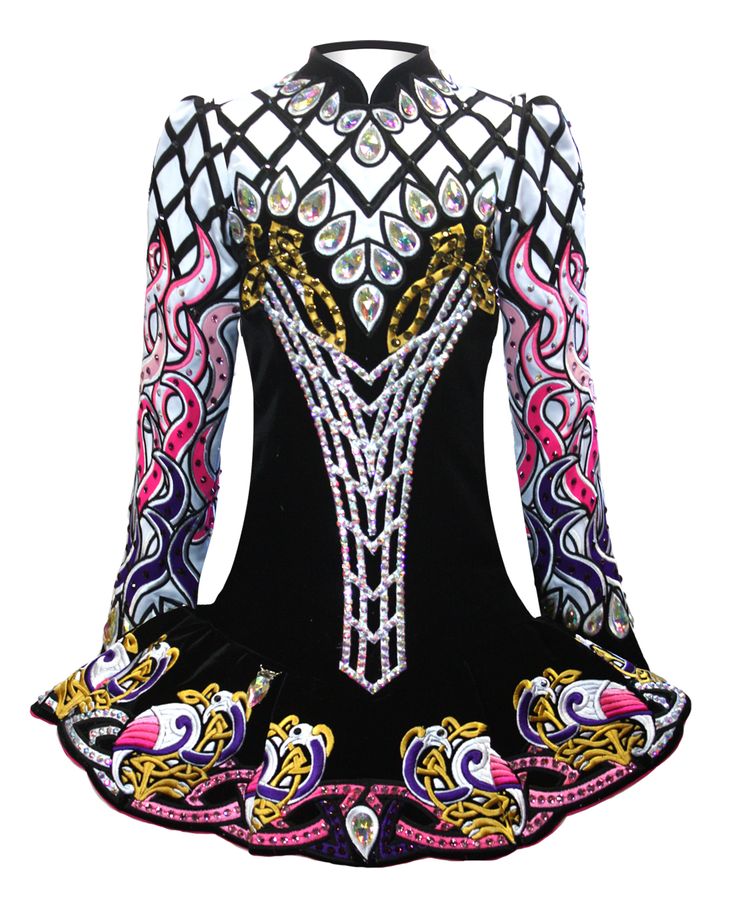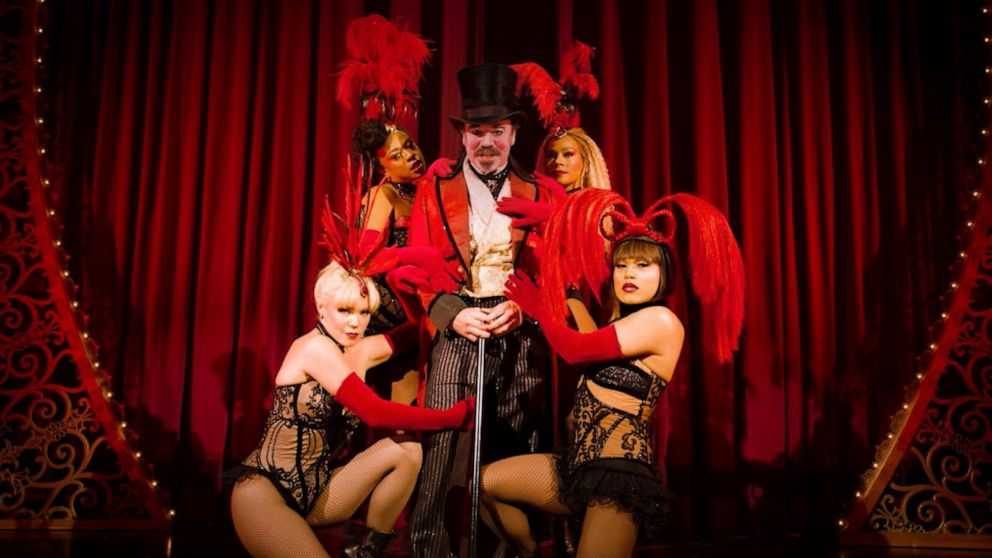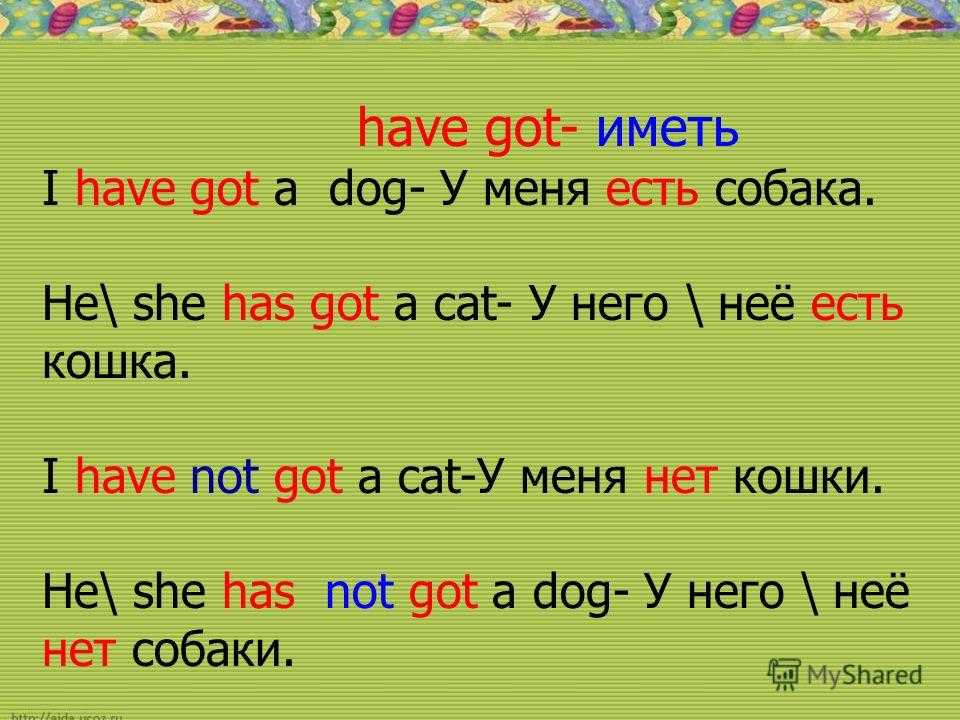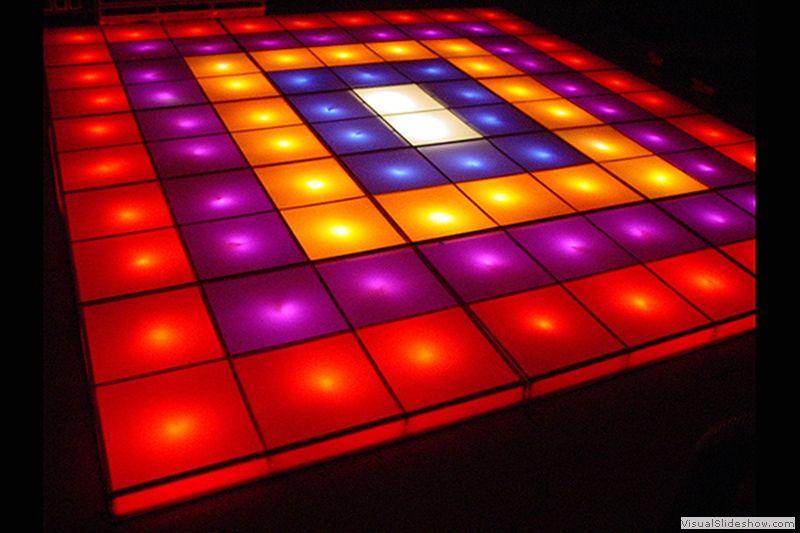How to fight dancer early
How To Defeat The Dancer Of The Boreal Valley Early
By Aden Carter
The Dancer of the Boreal Valley is one of the more difficult bosses in Dark Souls 3, but players can actually challenge and defeat him early on.
The Dancer of the Boreal Valley is one of the more annoying Dark Souls 3 bosses. Many players have discussed problems they have had while fighting this boss. Despite this boss being so strong, players can actually kill it early before they even tackle Vordt. This seems like a pretty daunting task at first, but there are a few items players can pick up early to help them accomplish it.
RELATED: Dark Souls 3: How To Complete Hawkwood's Questline
For their troubles, players will end up getting the Dancer's Soul and over fifty thousand Souls to level up with. Before they can tackle the boss, there are a few items to grab. Here's how to take on this difficult boss in Dark Souls 3.
Get A Good Weapon
There are a few weapons that players can grab that are pretty useful in the fight. Depending on what kind of build players are going for, they can get a weapon with dark or bleed damage.
First up is bleed damage. Depending on how far players want to go before they fight the Dancer, they can either grab the Morion Blade or Flamberge. The Flamberge can be farmed from Hollow Slaves in Undead Settlement, while players receive the Morion Blade for killing Orbeck for Yuria.
Speaking of Yuria, players who choose to follow Yoel's questline at the beginning of the game can get some extra levels and obtain the Dark Hand from Yuria when she comes to Firelink Shrine. Along with the Dark hand, players can grab the Deep Battle Axe from a Mimic on the High Wall of Lothric. Both these weapons deal dark damage.
Grab A Shield
A good shield is just as important as a good weapon, ensuring players don't die from a single hit.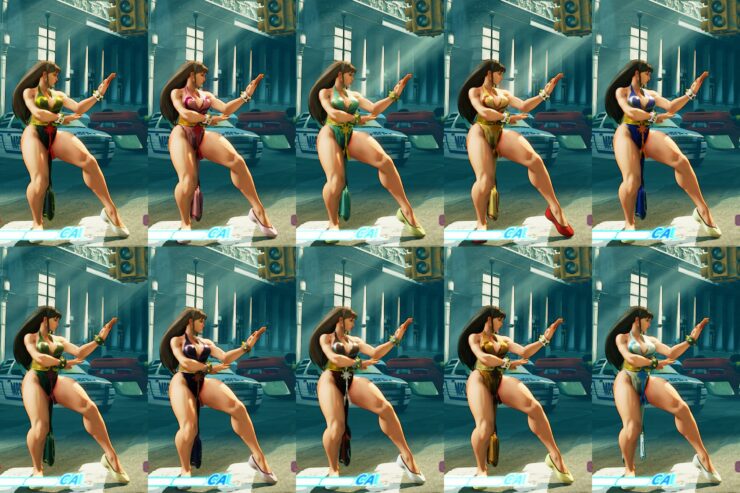 There are a few shields players can grab early that are good against the Dancer.
There are a few shields players can grab early that are good against the Dancer.
RELATED: Dark Souls 3: How To Complete Sirris' Questline
The best shield to grab without going too far into the game is the Silver Eagle Kite Shield. This shield offers 100% physical damage reduction, and is pretty good against dark and magic damage. Another great shield is the Crest Shield, which is found a little later in the game at the Cathedral of the Deep.
Grab The Estus Shards
There are two Estus Shards that players can grab early without needing to venture outside of the High Wall of Lothric. The first is in the rafters of Firelink Shrine. A quick jump off the tree outside of Firelink will get players up there. The second is in the High Wall of Lothric, guarded by a bunch of ax-wielding Hollows.
If players go to the undead settlement, they can get another Estus Shard under the large tree near the beginning of the area.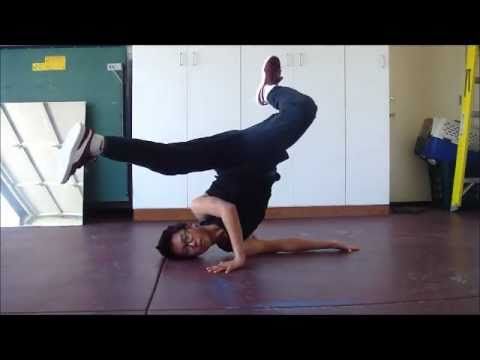 Use these to get some more Estus to use in the fight.
Use these to get some more Estus to use in the fight.
Fighting The Dancer
To fight the Dancer Early, run into the boss' arena and kill the NPC inside. This will start the fight early. Players who want some extra help will find allies in the area around level 25. They can also summon the Sword Master if they didn't summon him for the Vordt boss fight.
Having the Sword Master around will help, because the Dancer's weapon deals bleed damage. Players with a bleed weapon will help build up the meter so that the boss receives more damage, helping to finish him off quickly.
MORE: Dark Souls 3: How To Complete Siegward's Questline
Subscribe to our newsletter
Related Topics
- Strategy Guides
- Dark Souls 3
About The Author
Aden Carter loves all things involving video games and pop culture.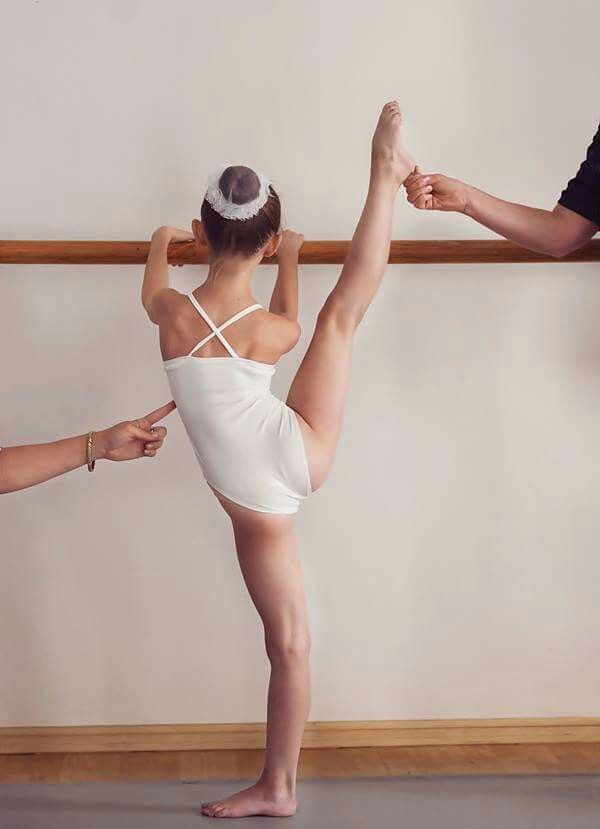 He is a gamer at heart who volunteered at Impulse Gamer writing reviews before finding work at Valnet, inc. Carter enjoys everything from puzzle platformers to high action shooters, ultimately loves a good RPG. In recent years he received his bachelor's degree in creative writing from Full Sail University in Winter Park, Florida.
He is a gamer at heart who volunteered at Impulse Gamer writing reviews before finding work at Valnet, inc. Carter enjoys everything from puzzle platformers to high action shooters, ultimately loves a good RPG. In recent years he received his bachelor's degree in creative writing from Full Sail University in Winter Park, Florida.
Dancer of the Boreal Valley | Dark Souls 3 Wiki
Dancer of the Boreal Valley is a Boss in Dark Souls 3. This Dark Souls 3 Dancer of the Boreal Valley Guide features locations, strategies and videos on how to defeat Dancer of the Boreal Valley easily, as well as tips, weaknesses, trivia and lore notes for the Dancer boss.
The Dancer is a tall armored knight with a spectral cape and skulks towards the player when encountered. During combat, she wields a flaming sword in her left hand and, after being brought down to a certain health threshold, wields an ash sword in her right - reminiscent of Pontiff Sulyvahn's weapons.
This boss fight shares some similarities with the Sulyvahn fight - notably the aggressive and erratic attacks. This boss is not optional and must be killed for entry to Lothric Castle. There are two NPCs that are involved in the Dancer boss fight:
- You can summon Sword Master to help you fight this enemy. (Must have defeated Sword Master at Firelink Shrine, and not have defeated Vordt of the Boreal Valley). Summon can be found directly in front of Vordt's boss room.
- Lion Knight Albert will use a Black Separation Crystal if Emma is killed to trigger the Dancer fight early, and will not be summonable afterward for Vordt.
Bosses are unique and challenging Enemies that drop Boss Souls capable of being transformed into powerful Weapons, Spells, and Items for the player.
Dark Souls 3 Dancer of the Boreal Valley Location
Where to find Dancer of the Boreal Valley in Dark Souls 3?
- Cathedral in High Wall of Lothric.
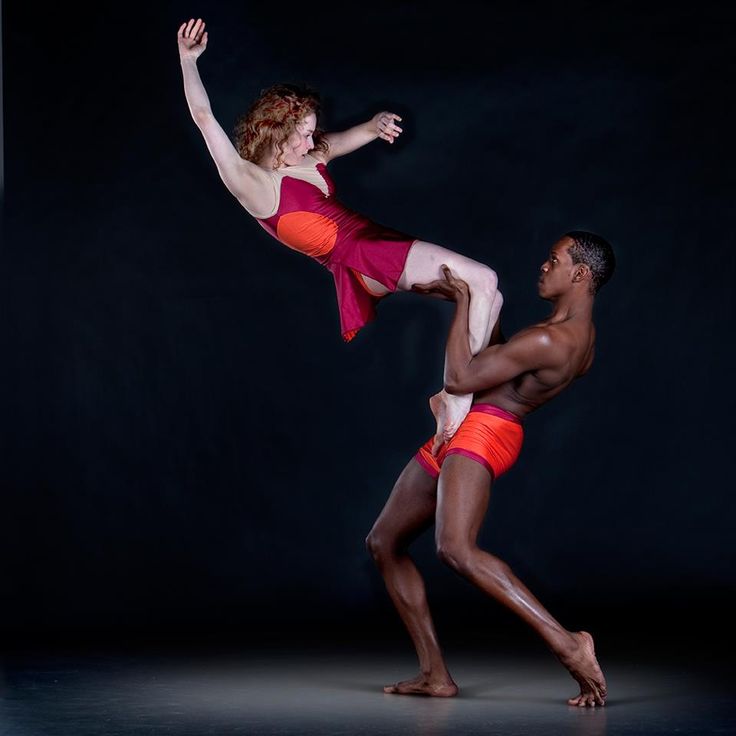 Fight can be triggered by the player killing three Lords and being teleported there, or killing Emma.
Fight can be triggered by the player killing three Lords and being teleported there, or killing Emma.
Dancer of the Boreal Valley Drops
What do you get from defeating Dancer of the Boreal Valley in Dark Souls 3?
- Souls: NG (60,000) | NG+ (180,000) | NG++ (200,000) | NG+3 (202,500) | NG+4 (216,000) | NG+6 (220,500) | NG+7 (229,500)
- Co-Op Souls: NG (15,000) | NG+ (49,500)
- Other: Soul of the Dancer
Dancer of the Boreal Valley Notes & Tips
What should you know about fighting Dancer of the Boreal Valley in Dark Souls 3?
- Deals Slash Damage, Thrust Damage, Fire Damage and Dark Damage (2nd phase).
- Weak to Dark Damage, Strike Damage and Lightning Damage.
- Immune to Frost and Poison/Toxic.
- Dancer can be poise-broken, which breaks all of her attacks.
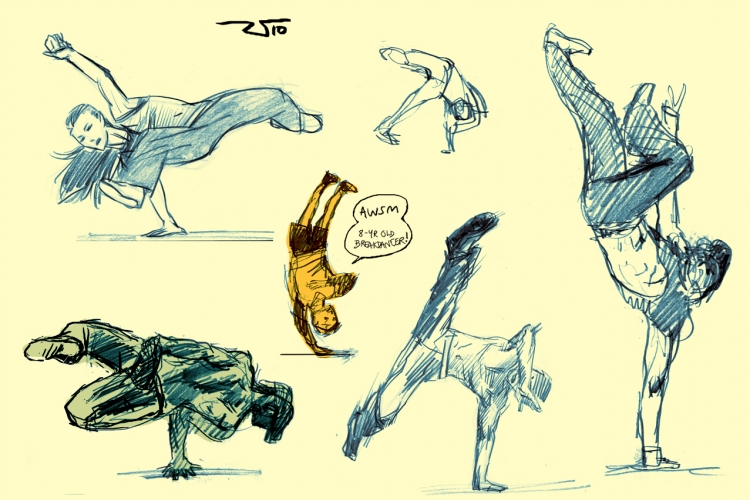 However, if the player manages to stagger her by hitting her head, they can perform a critical strike.
However, if the player manages to stagger her by hitting her head, they can perform a critical strike. - In her first phase, she holds a sword in her left hand. She enters her second phase at half health. Afterwards, she dual wields blades, and loses her grab attack.
Dancer of the Boreal Valley Stats
| Playthrough | NG | NG + | NG ++ | NG +3 | NG +4 | NG +5 | NG +6 | NG +7 |
| Health | 5,111 | 6,625 | 7,287 | 7,618 | 7,950 | 8,612 | 8,943 | 9,275 |
| Damage Type | Standard | Strike | Slash | Thrust | Magic | Fire | Lightning | Dark |
| Absorptions | 20% | 19% | 22% | 20% | 19% | 18% | 17% | -26% |
Dark Souls 3 Dancer of the Boreal Valley Boss Guide & Strategies
DS3 Dancer Video Strategies
Below are video strategies from our Youtube Partners:
- Bleed Strategy, SL 64, Curved Sword, Kukris and Gnaw Miracles (no healing)
- SL 40 Pyromancer, using Black Fire Orb only.
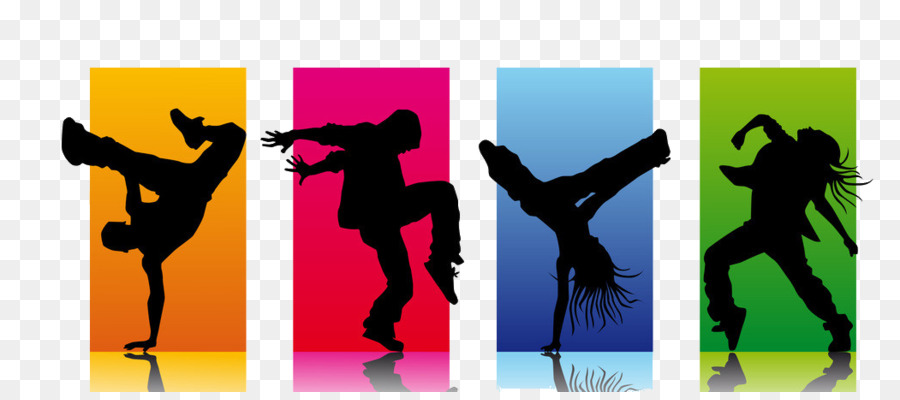 Semi-cheesy strategy that works for low level casters.
Semi-cheesy strategy that works for low level casters. - Co-op strategy (+5 Irithyll Sword, Gold set armour)
DS3 Dancer Attacks
| First Phase (the Dancer wields a flame sword) | |
|---|---|
| Attack Name | Attack Description |
| Residual flames | Many of the Dancer's attacks with her flame sword leave scorching marks that deal damage if the player walks over them. |
| Triple hit & slam | The Dancer rapidly slashes her sword thrice, then slams in a slower attack. |
| Grab | The Dancer attempts to grab the player, impaling them with her sword if she succeeds. The hitbox of the grab is cone-shaped, narrowing as it gets nearer to her. Deals enormous damage. |
| Swing | The Dancer swings her sword in a diagonal motion. |
| Slam | The Dancer slowly slams her sword into the ground, has tracking.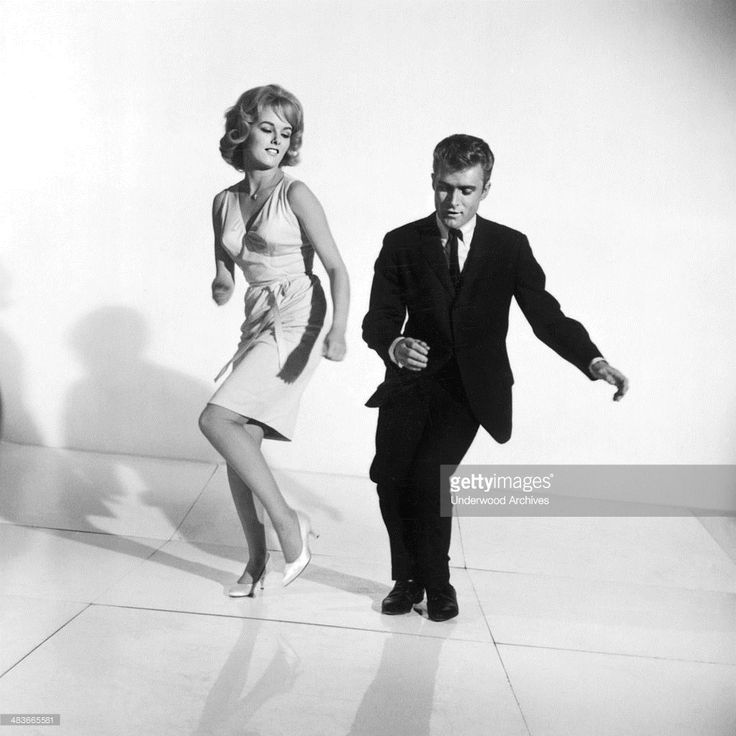 |
| Twirl | The Dancer stands up, before quickly swinging her sword in a short ranged 360 degree arc around her. |
| Thrust | The Dancer draws her sword back, then thrusts it forward in a straight line. |
| Fire thrust | The Dancer draws her sword back, then thrusts it forward in a straight line, shooting a jet of flame from its point. |
| AoE explosion | The Dancer raises a flame to her lips, then blows it to the floor, creating a medium sized area of effect blast around her. |
| Uppercut Slice | The Dancer quickly moves toward the player and swings her sword skyward. |
| Second Phase (the Dancer wields an ash sword along with her flame sword) | |
| Attack Name | Attack Description |
| AoE ash cloud | The Dancer reaches into the ground to draw her second sword, creating a cloud of ash that does minor damage.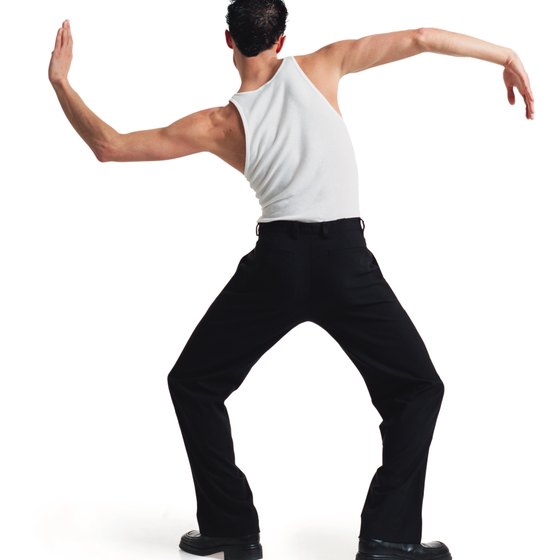 The second phase will always begin with this attack. The second phase will always begin with this attack. |
| Blade dance | The Dancer follows swings her swords in a series of vertical arcs, before finishing with a medium ranged horizontal spin attack. She will follow the player during this attack. |
| Slash, spin & double thrust combo | The Dancer performs two slashes in front of herself, followed by a short ranged spin attack, two more slashes, and then a forward thrust using both of her swords. |
| Slash combo | The Dancer performs a wide arcing horizontal slash, then follows up with a similar vertical slash. |
| Jump & spin combo | The Dancer readies herself, then jumps to the player's location. Upon landing, she creates a short ranged area of effect explosion, then follows up with a short ranged spin attack after a small delay. She will use this attack to close distances. |
| Dual uppercut | The Dancer swings both of her swords in an ascending arc in front of her, knocking the player into the air if hit.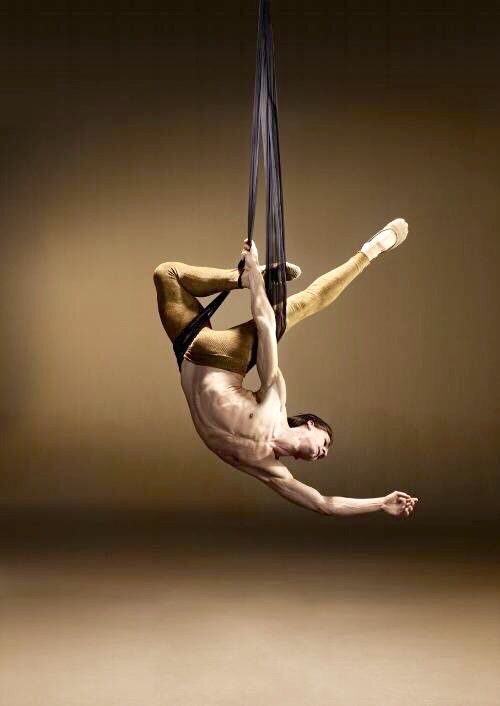 |
| Erupting ground slices | The Dancer drags her flame sword through the ground in a counterclockwise 180 degree arc, then does a similar clockwise cut with her ash sword. Shortly after each cut is made, it erupts with the element of the sword that created it, knocking the player into the air if hit. |
| Ash AoE | The Dancer thrusts her ash sword into the ground halfway to its hilt while releasing an ash cloud in a circle around her, then after a small delay thrusts it in further, creating another ash cloud. Both ash clouds inflict considerable damage, and it is possible to be damaged by both in consecution. |
How to fight and beat Dancer of the Boreal Valley
Strategy 1 (Melee)
Due to the large size of her flame sword it is not recommended to dodge backwards when she does combos. Wield your weapon two-handed and watch her sword. You can roll towards her when she does a wide range sword slash. Her long arms make it relatively easy to roll under and past her and get a few hits on her backside. Attacking her beside her right leg is generally safer than beside her left one, since she wields her sword in her left hand. Do not be greedy with your attacks; you are unlikely to get more than two in before she counterattacks. Move away once the second part begins.
Her long arms make it relatively easy to roll under and past her and get a few hits on her backside. Attacking her beside her right leg is generally safer than beside her left one, since she wields her sword in her left hand. Do not be greedy with your attacks; you are unlikely to get more than two in before she counterattacks. Move away once the second part begins.
In the second phase things become more complicated. Do not attempt to block the entirety of her spin attack as she will certainly stagger you; abuse pillars and try to dodge some of it. You must play more reactively in this phase, as safely approaching her during combos has become more difficult and remaining close to her is out of the question. Wait for her to perform an attack with a long ending animation, then hit her and move away again (being very wary of the delayed action on some of her magic effects). You have time to strike her once during the jump & spin combo, between the landing AoE and the circular slash (dodge backwards at least once after the attack).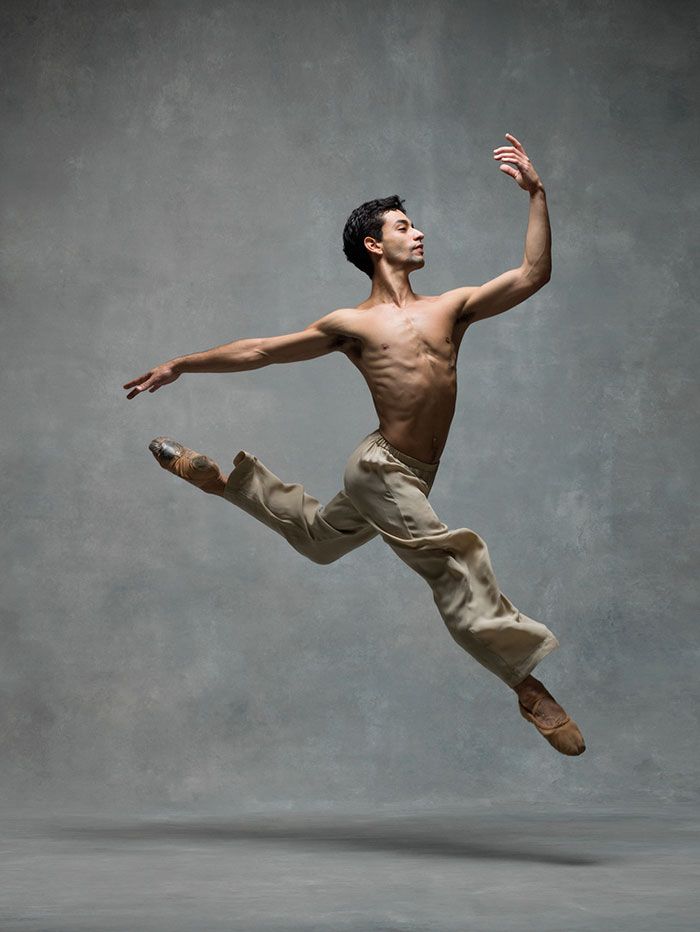 Continue patiently getting hits in and avoid endangering yourself and you will win before long. You may also use projectile consumables to damage her more safely, although in phase 2 if you distance yourself from her she will jump and reposition herself, which will also involve an attack.
Continue patiently getting hits in and avoid endangering yourself and you will win before long. You may also use projectile consumables to damage her more safely, although in phase 2 if you distance yourself from her she will jump and reposition herself, which will also involve an attack.
In addition to the above, since the Dancer is one of the more difficult bosses (speedrunners of the game even rate her about a 9 out of 10), below is a full playbook on how to beat the Dancer of the Boreal Valley as a melee class. It contains twelve essential tidbits of knowledge that are formulated from watching no-hit SL1 runs of the boss.
- The Dancer opens up the fight somewhat calm, but becomes more aggressive as her health goes down. Being a harder boss, the player only gets up to about three hits before she risks getting hit, and the Dancer does about 600HP damage pretty easy on a ~SL81 character, so it is not advised to get greedy, especially considering that the Dancer's resistance is low, and she is pretty accepting of damage.
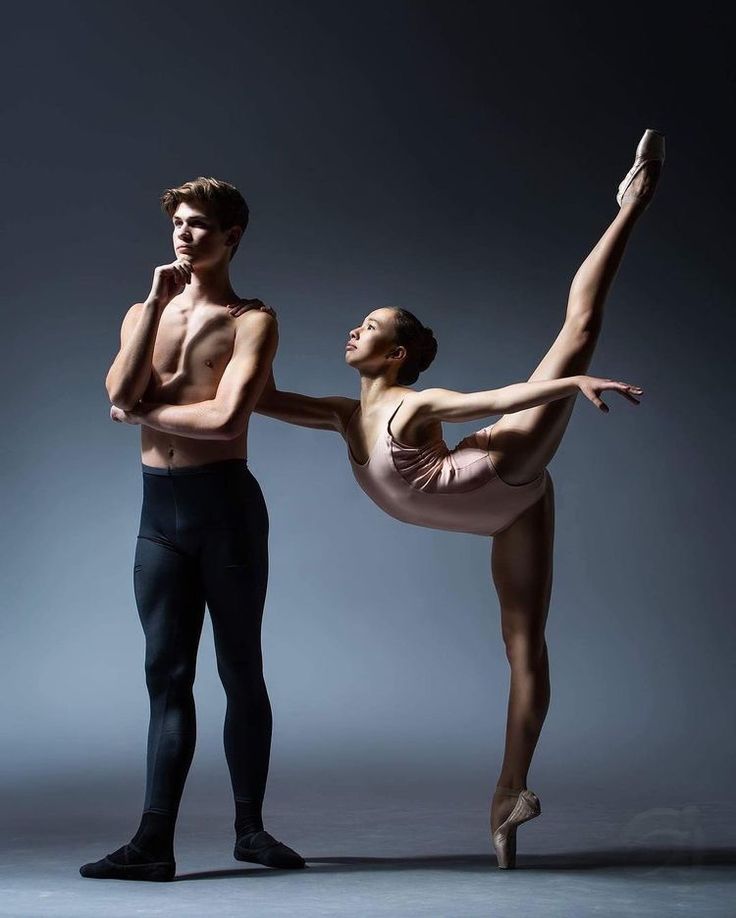
- The Dancer's attacks are very damaging. Luckily for the player, her telegraphs are there, and involve her raising her swords.
- Avoiding her attacks is not that bad. The player will not have as easy of a time as she did with Pontiff in avoiding them, but she will not be dealing with the same level of hectic activity as Aldrich, either. The Dancer is somewhat in-between those in how she keeps the temperature of the fight. Going to her rear, and clinging to her trunk avoids most swings, so any attacks that cannot be tracked for dodging can be tanked on the player's shield. She is not a fast turner, so keeping a lock and strafing to hug her rear is not difficult.
- At this time, it is very easy to have 13 Estus Flasks at +8 strength, so this is desirable and gives a lot of extra HP to draw from in the battle, even if the player's vigor stat is low.
- The Dancer's attacks are very fast, even if her telegraphs are very noticeable. Her most dangerous attacks are spinning attacks, like with some enemies in Irithyll Valley, and those can insta-kill the player, so the player should mind those.
 Her telegraphs have a tendency to appear as fake-outs, so the player should note that it is only a good idea to dodge if she is actually throwing an attack with her blades, and to note that little things like head jerking do not mean anything.
Her telegraphs have a tendency to appear as fake-outs, so the player should note that it is only a good idea to dodge if she is actually throwing an attack with her blades, and to note that little things like head jerking do not mean anything. - Of those spinning attacks mentioned above, she has an attack (The Blade Dance) that cycles seven times, where on the seventh time, she may spin twice. It is possible, while hugging the back of her pelvis (being closer to the back of her right thigh may optimize this more), to completely avoid getting hit by six of those attacks, and then waiting for the seventh to roll in the direction that the blade is swinging to avoid damage while optimizing invincibility frames. This attack tends to run counter-clockwise, so rolling to the left, or in the z-axis are doable for that finishing spin. Youtube videos are good at showing this!
- There is a shorter variant of the Blade Dance move that is about five spins long, where the Dancer's rear flank will not be safe for the last two spins.
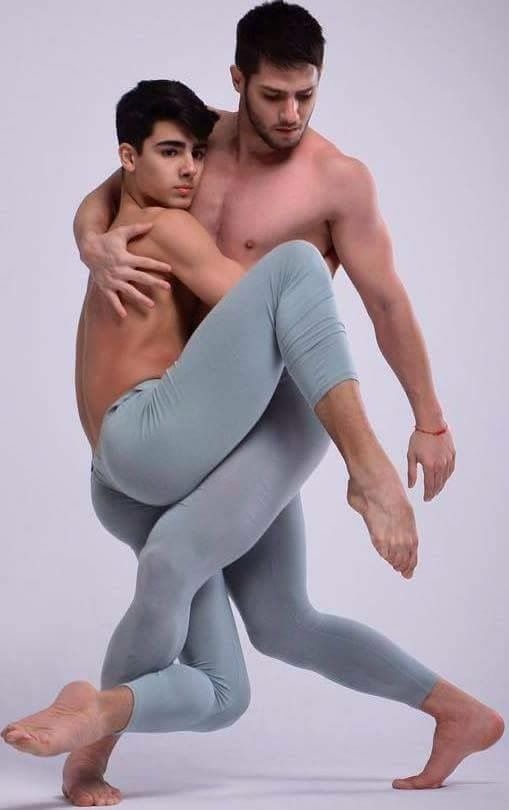 This is dodgeable if the player remembers that her invincibility frames start when the dodging animation starts.
This is dodgeable if the player remembers that her invincibility frames start when the dodging animation starts. - If the player is finding it hard to get to the flank of the Dancer at her back, it helps to strafe to the player's left, over the Dancer's right shoulder, where she has an empty hand. Her leg is further forward there, so it will not block the player from strafing to get to her back.
- The Dancer has a grab attack that comes out of her empty hand. This can do about 1000HP of damage, so the player should avoid this.
- The Dancer does not consume a lot of stamina, if a player is trying to block attacks, but she will still stagger if the player actually relies on her shield, so unless the player has one of the best shields, a lot of HP, and a lot of defense, she should avoid this tactic entirely.
- The dancer has an AOE attack, where she attacks the floor, and screams. This has about a six foot radius. No need to get hit by this!
- When she loses about 35% of her health, she will attack the floor and do her AOE, but this will have a good twelve food radius, much bigger than her other AOE.
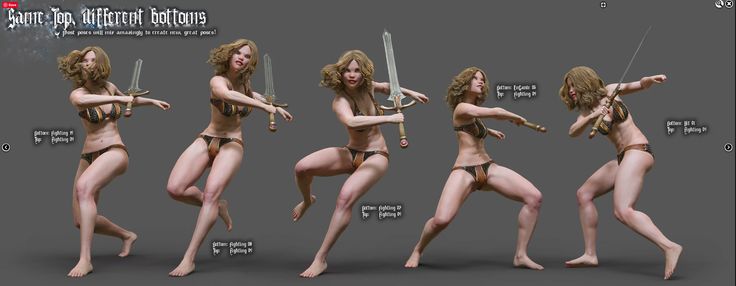 She will then fill her empty hand with another sword, then do her blade dance move, where she spams her spinning attack, so the player should note that will come at that time.
She will then fill her empty hand with another sword, then do her blade dance move, where she spams her spinning attack, so the player should note that will come at that time.
That is basically the top and bottom of the fight. The player now knows the dangers, how to avoid them while preserving the means to attack, and being efficient, so the fight will be much easier with that playbook.
Strategy 2 (Pillar Peek)
This strategy can be done with either sorcery or melee. When you go into the room, immediately go to one of the four pillars. Make sure to roll/smash the surrounding furniture to allow for free movement. Now you'll just need to keep kiting the Dancer around the pillar, or just keep moving left and right slightly to keep the Dancer in one place so that she can never progress towards you and is stuck at the pillar. Be careful though, she can still hit you through the pillar. If you're keeping her in place by taking advantage of how she tracks and aggroes, she won't be able to move towards you during those attacks so just keep a distance when she's attacking. This is useful because during attacks like the Blade Dance, she will just spin in place and not pose a threat at all.
This is useful because during attacks like the Blade Dance, she will just spin in place and not pose a threat at all.
Just wait behind the pillar while she attacks and during her recovery phase get a quick hit in, and retreat back to kiting. Be cautious, especially during the second phase, of what opportunities you use to attack. You'll want to have enough time to run to her, attack, and move back. Throw a Pestilent Mercury into the mix and the fight becomes somewhat trivial.
Strategy 3 (Magic)
The Dancer of the Boreal Valley is one of these bosses which are more difficult for spellcasters simply because she is able to quickly close the distance. For example, she will end her spin attack in phase 2 after just a few spins once she has reached melee distance with you.
All sorcery spells work well against the dancer, although it is easier to avoid getting hit when relying on faster spells such as Great Soul Arrow or Soul Spear. The Dancer is also weak to dark magic - so one easy solution for this boss fight is to use Affinity: Make room between you and the Dancer (especially the wooden area on the left and right of the church, behind the pillars, are great), cast Affinity, stay in range, lock on, cast Soul Spear on the Dancer, run away and repeat. Other good spells here will be Black Fire Orb, but ordinary fire spells such as Chaos Bed Remnants or Great Chaos Fire Orb will also do big damage.
Other good spells here will be Black Fire Orb, but ordinary fire spells such as Chaos Bed Remnants or Great Chaos Fire Orb will also do big damage.
Strategy 4 (Dragon Crest Shield)
This strategy works great for Thieves. Hiding behind the Dragon Crest Shield gives you the opportunity to stay close to her most of the time. The key is to stick behind her as much as possible and to wear her down with a quick one-handed weapon. Painting Guardian's Curved Sword is a great choice. Watch your stamina bar and lower your shield when possible to recover it quickly. Chloranthy Ring is a great addition. During some of her combos it might be necessary to back off completely to recover your stamina. Just make sure your stamina never depletes when you are close. Since the pace of the fight increases during phase 2 you have to pay more attention to her moves but basically you can stick to the same strategy.
Dancer DS3 Lore Theories
- She was one of the daughters of the royal family of Irithyll, but was ordered by Pontiff Sulyvahn to become a dancer first, and then legioneer, which is equal to exile.
 He also gifted her dual blades, infused with darkness and fire, similar to his own weapons.
He also gifted her dual blades, infused with darkness and fire, similar to his own weapons. - While Pontiff Sulyvahn wields his dark weapon in his left hand and his fire weapon in his right hand the Dancer does the opposite, wielding dark in her right hand and fire in her left hand.
- All Outrider Knights are fated to turn into beasts. According to her armor's description the armor is actually fused to her "hide".
Dancer of the Boreal Valley Trivia
- The most dangerous part of the first phase is her grab attack. She announces the attack with a snake-like bow and then slowly sweeps her right arm over the floor to grab you and smash you on the floor. Either get some distance immediately when you see her bow or roll-dodge through the sweep (she uses her right hand, so roll to the left or you will get caught in the sweep).
- If you dodge one hit of a combo, the remainder of the combo is unlikely to strike you.
- The setting of this battle is reminiscent to that of Bloodborne's Vicar Amelia, which is fought in the Healing Church's Grand Cathedral.

- Uses matching swords; one gold, one dark, similar to the Gold Tracer and Dark Silver Tracer wielded by Lord's Blade Ciaran in Dark Souls 1, and wields them in the same hands. Also conceals her face, like Ciaran. These things seem to suggest a relationship between the two, and possibly that there are other characters corresponding to the Knights of Gwyn.
- During the fight, you can clearly hear each of her footsteps echo throughout the room.
- Attacks with the fire sword will leave traces on the environment and will light objects in the room on fire (just visual).
- By the end of the fight, it's likely that half of the room is on fire and lit brightly.
- Once defeated, the Dancer explodes into ash and extinguishes all of the fire in the room.
- In beta footage, the Dancer is called Dancer of the Frigid Valley.
Conflicts in a dance couple: how to live on?
For those who think that this topic is nonsense, "we never quarrel, I have the most kind-smart-good-patient-attentive
- you haven't been training together for long enough worry, the turn will come to curlers, unshaven legs, snoring and an unopened toilet bowl)
- you do not train often enough or effectively (the fact that lovers at a distance or on the Internet have a candy-bouquet period is much longer, they do not have time to get bored with each other, and also rarely next to each other in severe stressful situations, which reduces the likelihood of a quarrel )
- you are lying to us or to yourself;)
- you are saints (we haven't met such yet)
It is clear that the scale of catastrophes and destruction strongly depends on the character of each, on their combination, on goals, desires, motives and the interests of everyone, but in general, situations of conflicts, disagreements and contradictions are inevitable sooner or later for any two people who pair up for regular training and competition.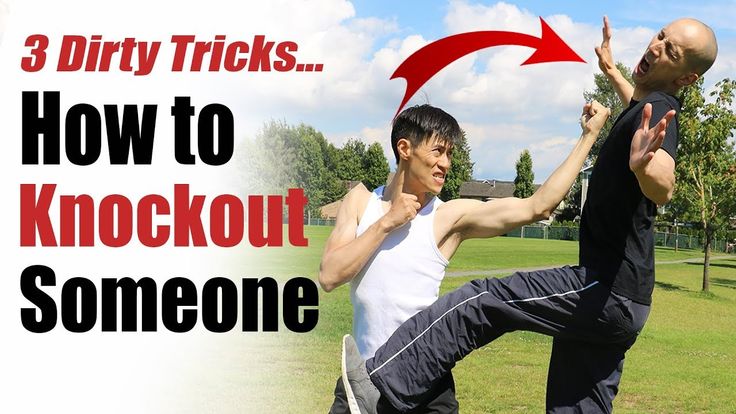 nine0007
nine0007
----------------------------------------
We were prompted to write an article about relationships in a couple, both by numerous questions from different people and students, and by our great interest in this topic. During our joint dance career, we went through fire and water together, as it seems to us (copper pipes, perhaps, are still ahead :)). We are both emotional passionate people, in love with our work, burning for it, and dreaming of making our dance better at all costs, ready to fight for this to the last drop of blood. It is a pity that we often had to fight and still often have to fight not together, but against each other ... Thousands of disputes, hundreds of conflict situations, insults, sometimes tears. There were doors slamming loudly, thoughts of leaving everything, but what can I say, even reached the broken walls of the hall (later I had to pay for repairs). nine0007
When the very first contradictions arose between us and quarrels broke out, we were shocked and upset, we thought that this was only with us, which meant that we did not fit together, which meant that nothing would work out, everything is bad and we need to quit .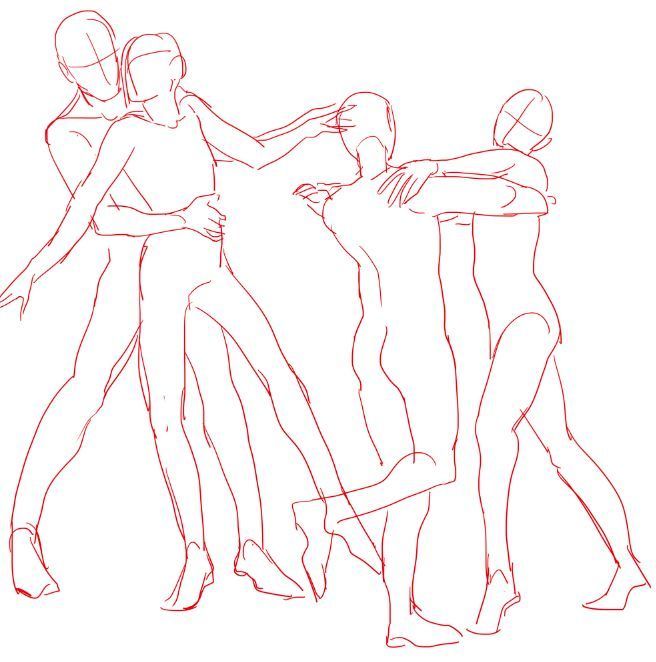 .. It seemed to us that it was in our couple that everything was wrong, while for others everything was fine and cloudless. What was our surprise when, in response to our timid questions, various senior comrades began to tell stories, how they also argued, shouted, cried, slammed doors, and once we even broke a mirror, and once he tore my suit, and once he threw my sneakers out the window, etc! Then we gradually learned that all couples, even the world top ones, conflict to one degree or another. But this, of course, does not mean that you need to strive for this, it just means that you do not need to quit, and you can cope with everything. Fuuuuuh)) We have a chance to cope with everything and figure everything out, believe me, you have it too - this is the first important conclusion. And the second, no less important: quarrels and conflicts greatly interfere with the training process and the achievement of goals, you need to get rid of them .
.. It seemed to us that it was in our couple that everything was wrong, while for others everything was fine and cloudless. What was our surprise when, in response to our timid questions, various senior comrades began to tell stories, how they also argued, shouted, cried, slammed doors, and once we even broke a mirror, and once he tore my suit, and once he threw my sneakers out the window, etc! Then we gradually learned that all couples, even the world top ones, conflict to one degree or another. But this, of course, does not mean that you need to strive for this, it just means that you do not need to quit, and you can cope with everything. Fuuuuuh)) We have a chance to cope with everything and figure everything out, believe me, you have it too - this is the first important conclusion. And the second, no less important: quarrels and conflicts greatly interfere with the training process and the achievement of goals, you need to get rid of them .
----------------------------------------
There are many advantages and disadvantages to partner dancing.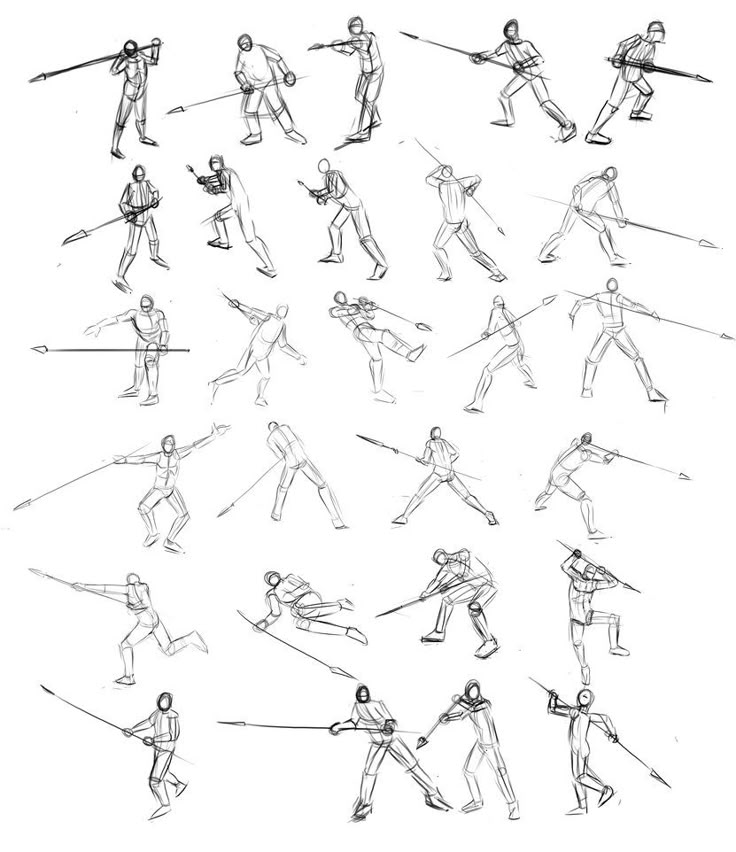 The advantage is the ability to interact and communicate with another person. And of course, this refers to the interaction not only physical, but also spiritual, emotional. Yes, and the dance itself, at least boogie-woogie, is a variety of relationships between people: you can dance frankly and passionately, you can be touching and in love, you can be merry people who make fun of each other, or you can compete and fight among themselves for the attention of the public, you can even be offended and reconciled... an infinite number of different interactions, relationships, situations, characters, contrasts that can and should be included in your dance, and which inevitably enter there. nine0011 This is especially true for boogie-woogie, because we consider our dance to be one of the most sincere even in competitive manifestation. Boogie-woogie is good because it can be danced with any mood and with any stage image and character. This is not, for example, a waltz, where you must be prim and decent, or salsa, where you need to be a "hot thing" at all costs - in boogie everyone can do whatever they like: if you want, put on a tuxedo and go on pathos , but if you want - show everyone your tongue and jump so that you can see your panties! Therefore, a person can play less in it and act according to a given pattern, correspond to the image laid down by the history and tradition of dance and not deviate from it, but reveal himself more, express himself in the direction that is close to him.
The advantage is the ability to interact and communicate with another person. And of course, this refers to the interaction not only physical, but also spiritual, emotional. Yes, and the dance itself, at least boogie-woogie, is a variety of relationships between people: you can dance frankly and passionately, you can be touching and in love, you can be merry people who make fun of each other, or you can compete and fight among themselves for the attention of the public, you can even be offended and reconciled... an infinite number of different interactions, relationships, situations, characters, contrasts that can and should be included in your dance, and which inevitably enter there. nine0011 This is especially true for boogie-woogie, because we consider our dance to be one of the most sincere even in competitive manifestation. Boogie-woogie is good because it can be danced with any mood and with any stage image and character. This is not, for example, a waltz, where you must be prim and decent, or salsa, where you need to be a "hot thing" at all costs - in boogie everyone can do whatever they like: if you want, put on a tuxedo and go on pathos , but if you want - show everyone your tongue and jump so that you can see your panties! Therefore, a person can play less in it and act according to a given pattern, correspond to the image laid down by the history and tradition of dance and not deviate from it, but reveal himself more, express himself in the direction that is close to him.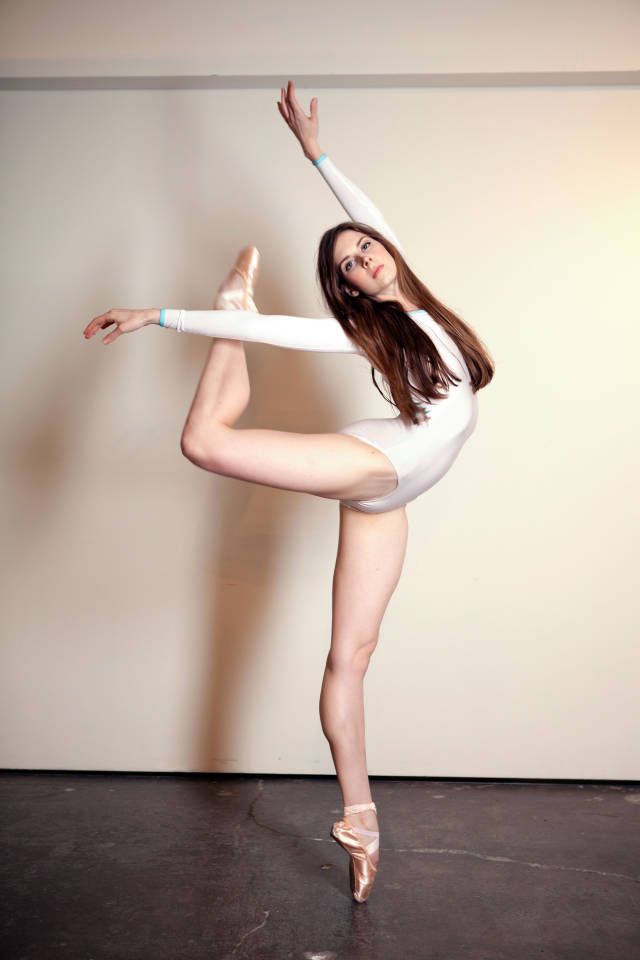 But at the same time, this adds complexity, because you are not dancing alone, and it is necessary not only to express your personality, but also to build harmonious relationships with another equally bright and full-fledged personality who also strives to express himself. nine0007
But at the same time, this adds complexity, because you are not dancing alone, and it is necessary not only to express your personality, but also to build harmonious relationships with another equally bright and full-fledged personality who also strives to express himself. nine0007
From this follow the shortcomings and difficulties of partner dances : many problems and obstacles that must be overcome in order to achieve mutual understanding, unity and harmony, in order to learn together to express their personalities, interact in various ways and successfully show them in public. And this is very difficult to achieve. The problem is precisely that each dancer is the only one in the world, a unique person, a personality with an individual set of certain qualities. He has his own tastes, his desires, goals, requirements. And of course, when two such unique personalities pair up, there are a lot of discrepancies between them in various parameters and, as a result, claims against each other, which in the future can develop into conflicts. nine0011 And conflicts in a couple not only take away precious training time, reduce the productivity of work, the development of a couple, but also charge the dancers with negative emotions, which gradually color their attitude towards each other, to the process of training and dance as a whole, into black. Boogie-woogie, as we said above, is an open and emotional dance, very much related to the personal qualities and relationships of the dancers, it does not have a ready-made template: masks that you need to put on yourself and behind which you can hide in order to dance. Therefore, it is very difficult, if not impossible, to open up to each other (and to the viewer), to improvise, listen and understand each other when you are in a state of conflict with a person, when you do not rejoice at him, when you do not want to smile, there is no feeling of unity and understanding. nine0007
nine0011 And conflicts in a couple not only take away precious training time, reduce the productivity of work, the development of a couple, but also charge the dancers with negative emotions, which gradually color their attitude towards each other, to the process of training and dance as a whole, into black. Boogie-woogie, as we said above, is an open and emotional dance, very much related to the personal qualities and relationships of the dancers, it does not have a ready-made template: masks that you need to put on yourself and behind which you can hide in order to dance. Therefore, it is very difficult, if not impossible, to open up to each other (and to the viewer), to improvise, listen and understand each other when you are in a state of conflict with a person, when you do not rejoice at him, when you do not want to smile, there is no feeling of unity and understanding. nine0007
----------------------------------------
Let's list some common causes of conflicts :
1. The difference (real or imaginary) in the dance level of the partners.
The difference (real or imaginary) in the dance level of the partners.
We recommend finding a partner as early as possible in order to develop in parallel and in the same style and direction, to acquire common habits and patterns of movement - this will be very useful to you in the future. But this is not always the case. nine0011 In couples with different dancing levels, a situation may arise that a more experienced dancer or one who considers himself to be such begins to behave arrogantly, command, teach a weaker partner. At every opportunity, remind him of the shortcomings, blame him if something does not work out. The main danger here is that this "more experienced" dancer, getting used to focusing on the shortcomings of the other, completely stops paying attention to himself, to his mistakes, and also completely crushes the independence and adequacy of the other dancer. And such a situation may arise that something does not work out precisely because of the “more experienced” dancer, but accusations and criticism pour on another, the problem cannot be solved in any way, a conflict arises. nine0007
nine0007
Unfortunately, it is very rare that both people in a couple consider themselves equal in level and this is a much more common situation than it seems at first glance. Moreover, it often even happens that objectively better than a dancing person in a pair scores an allegedly better one, because he is psychologically stronger or more self-confident. We ourselves went through different stages of this conflict, although in a rather mild form, but it also affected us: in boogie-woogie, at different stages, it becomes harder for the partner, then for the partner, and at some periods it seems that one is lagging behind, then another. In fact, the partners do not lag behind each other, it’s just that quantitative and qualitative leaps do not occur simultaneously, even when working in parallel, and the illusion may well be created that one is far ahead of the other, even if in reality this is not the case. Therefore, be very attentive to this reason, it can manifest itself even if you started exercising on the same day and your level is really very close.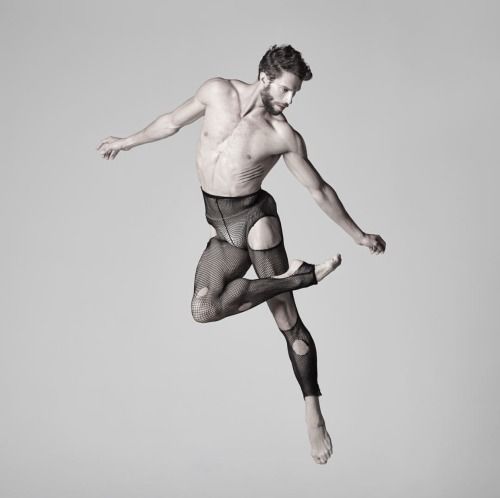 nine0011 Dancers with actually different backgrounds should be especially careful. Be very attentive and adequate to each other, try to follow each other during training, and not for others! Nobody forced you to pair up with a person of a different level, it's your choice, you yourself wanted it and went for it, you don't need to search for specks in someone else's eye, look for logs in your own! Controversial issues are best resolved with the involvement of a third party whom both of you trust%: a coach, teacher, favorite dancer. If you cannot meet in person - record yourself on video and write messages, in our environment even high-level couples are very friendly and open and try to help younger comrades. If it’s not possible to ask, take a detailed look at how your favorite couple you want to be equal to does it, watch the video, arrange it in frames, find the differences between yourself and them and try to do the same. nine0007
nine0011 Dancers with actually different backgrounds should be especially careful. Be very attentive and adequate to each other, try to follow each other during training, and not for others! Nobody forced you to pair up with a person of a different level, it's your choice, you yourself wanted it and went for it, you don't need to search for specks in someone else's eye, look for logs in your own! Controversial issues are best resolved with the involvement of a third party whom both of you trust%: a coach, teacher, favorite dancer. If you cannot meet in person - record yourself on video and write messages, in our environment even high-level couples are very friendly and open and try to help younger comrades. If it’s not possible to ask, take a detailed look at how your favorite couple you want to be equal to does it, watch the video, arrange it in frames, find the differences between yourself and them and try to do the same. nine0007
2. Star disease in one of the dancers.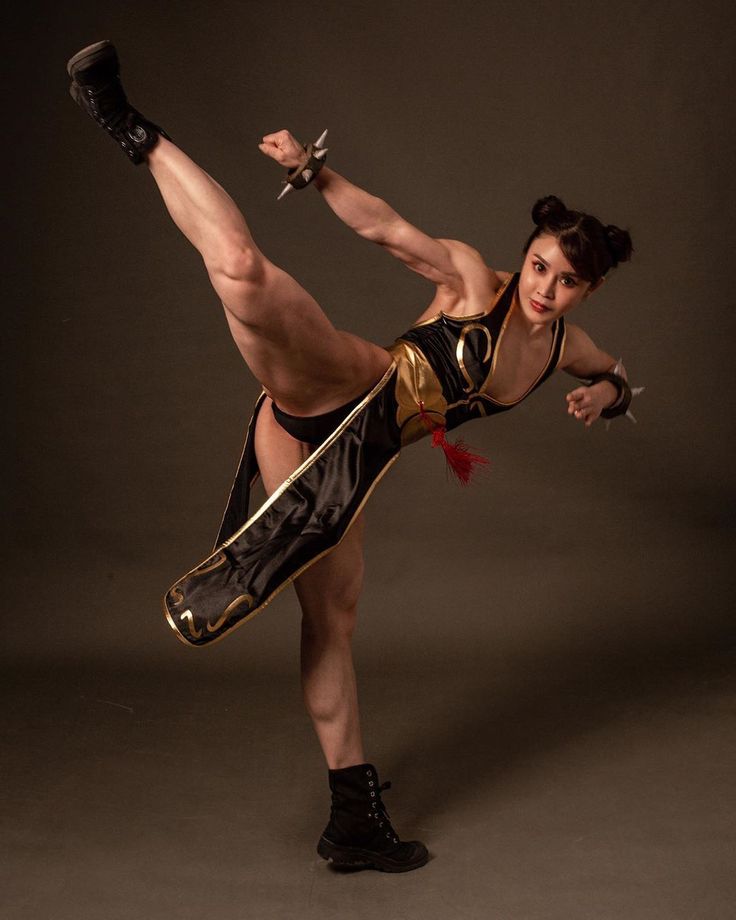
Similar in all respects to the previous item. When in a couple someone considers himself just an ideal dancer, better than others, does not even allow the thought that he can do something wrong, does not accept any criticism. He considers his dance partner much worse than himself and often threatens to find someone better. Nothing good will come of this attitude. And this type of relationship will certainly manifest itself in a competitive dance, which will look like a dance of one person. Surely, each of you has watched formulaic Hollywood films about the best player in a football or basketball team who tries to play alone and his team inevitably loses against even an average opponent. Do you remember how these films always end? That's right, by the fact that the "star" player understands the need for a team game - passes, passes, interaction, asks everyone for forgiveness and starts playing together with everyone (hooray-hooray victory!). Do not try to repeat the mistakes of similar films, learn from their example: in team events, no matter how cool one is, this is not so important when faced with a close-knit team.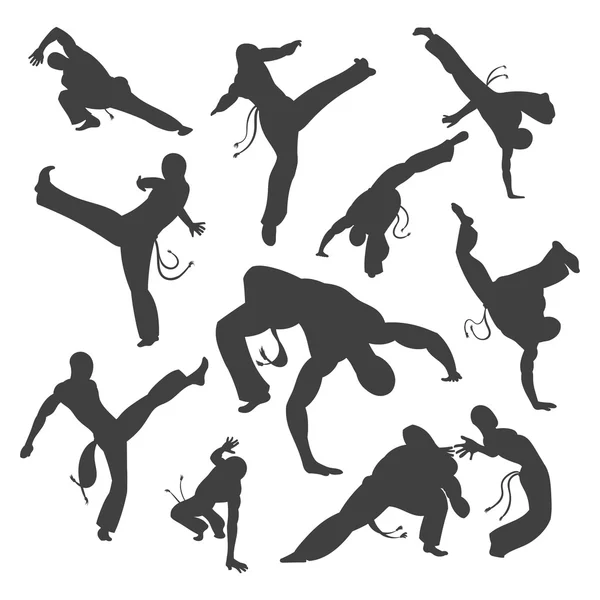 Boogie-woogie is a team sport, although you always have two people on your team. Remember this and remind your partner. Personal development is very important, everyone should strive to be the best for their role, but this will never be enough, what is needed is a team, a couple. nine0007
Boogie-woogie is a team sport, although you always have two people on your team. Remember this and remind your partner. Personal development is very important, everyone should strive to be the best for their role, but this will never be enough, what is needed is a team, a couple. nine0007
3. "Star disease" for both dancers.
When everyone considers himself right in everything and everyone insists on his own, everyone wants to do something of their own, pleasing only to him. Thus, most of the training time is usually spent arguing and cursing. It is very difficult to come to a compromise, because someone has to make concessions, and no one wants to do this, because everyone considers himself the best.
Don't forget, you are not playing against each other, but on the same side of the field. And it is not necessary to show which of you is cooler, to compete with each other, to prove something to each other. Direct these efforts to prove that you are a great match for each other, complement each other cool, you can do something cool together - because the power is not in each of you, but in your community and the ability to build it. If both of you are cool, this should be good for both of you, benefit from this by teaming up with your partner, and not fighting him. nine0007
If both of you are cool, this should be good for both of you, benefit from this by teaming up with your partner, and not fighting him. nine0007
4. Misogyny or "sexist" problems.
In general, this is more of a special case of problem 2, but quite common. Often there is an opinion that the partner “does the dance”, that “everything depends on him”, that he is the “leader” and he alone deserves praise, attention, and what hangs in the dance next to him can only, at most, not interfere.
In addition to the fact that this point of view is very ignorant and inherent only to dancers who are superficially familiar with boogie-woogie, it is also barbarously unfair and creates quite a lot of conflicts in a couple, especially with the makings of a "star fever" in a partner who could quietly and peacefully remain makings, but because of such statements developed. nine0007
All experienced dancers know that despite the fact that the partner is the lead in the pair and he has the responsibility of the compositional construction of the dance and he is responsible for global musicality, and outwardly it seems that this is a more difficult or more responsible job, it is worth paying attention to that all this is not taken from the ceiling and is the result of training.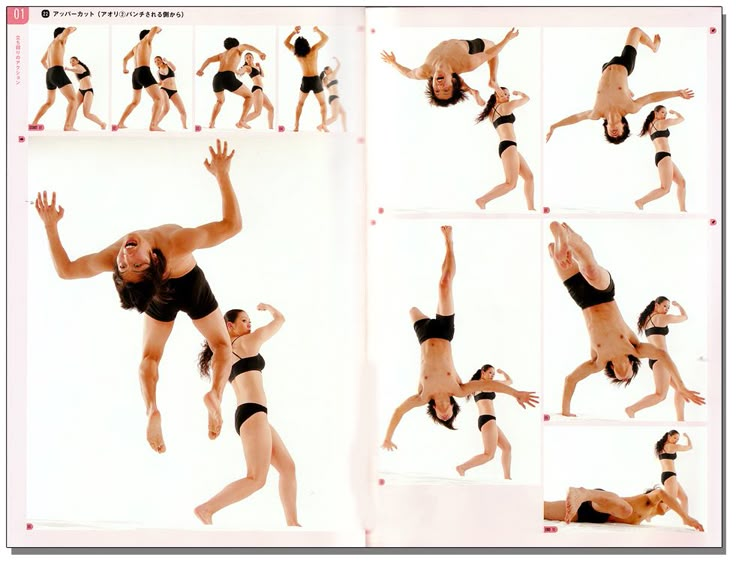 And if the partner does this well, then the couple was able to build their training together so that the partner could learn it, that they did enough right exercises, both of them had the patience and diligence to achieve this! And it is not known whose merit is greater here. nine0007
And if the partner does this well, then the couple was able to build their training together so that the partner could learn it, that they did enough right exercises, both of them had the patience and diligence to achieve this! And it is not known whose merit is greater here. nine0007
In general, we have heard more than once from European dancer friends, and we ourselves believe that separating a couple and saying that one partner was good and the other was bad, that you won or lost thanks to only one member of the couple is a very stupid wrong position . Often, from the outside, everything looks far from what it actually is in a couple, and such reasoning and accusations or praise against one as opposed to the other never contributes to the development of a couple. Remember, if you saw that in the dance the partner did not go for the figure, it is not known whether she was led badly, whether the partner led badly, do not rush to draw conclusions and condemn someone, because one thing is known - the figure was undertrained, unworked, uncleaned, poorly designed and so on, but both are to blame for this! nine0011 The only thing where there can be some kind of individual weight is as the main move, only here the judges can look separately at the legs of one and the other, but even then, in the end, you still get an average score - this is one, but two - the lack of symmetry and harmony, which is trained only in pairs and for which both are responsible, will always lower the mark.
Another problem is that it is more difficult to look good in a dance and to deserve a positive assessment often with a partner. Because it is she who does not know what will happen next, it is for her that it is a surprise what will happen in the next moment, it is she who has to adapt to those sudden ideas and thoughts that a partner has, while he acts in accordance with his plan and therefore, she often looks more calm and confident, has more opportunities to move beautifully and technically - that is why she is visually more vulnerable, it is easier for her to seem confused or make a mistake to the public, so that later she will receive "stupid", "he did everything cool, but she screwed up ". Do not rush to such conclusions, especially if your role in the pair is leading, and you have never participated in competitions. Be careful and balanced in your statements. And if you are a partner in a competitive pair, then rather get rid of the illusion that your partner interferes with you - the partner only interferes with a bad dancer! nine0007
5.-Step-18.jpg/aid1640374-v4-728px-Shuffle-(Dance-Move)-Step-18.jpg) Personal relationship interference.
Personal relationship interference.
A very complex issue that everyone decides individually. Personally, we believe that it is difficult to dance such a kind, sincere and open dance as boogie-woogie, being completely strangers to each other, without intersecting in life in any interests, without knowing anything about each other, rarely and little communicating. Because for our dance, it seems to us, in addition to professionalism and high technical performance, it is important to be "on the same wavelength", to be friends, to know what is in each other's heads, although we know examples of the opposite: purely business cooperation within the framework of training and competitions, too. can lead to success and give good results. nine0007
The main problem is that it is almost impossible to separate the process of training, work, collaboration, and personal relationships. And if you have some kind of quarrel at home, this will certainly affect your training. Well, or the big danger lies in the fact that an unexpected break in personal relationships can lead to a dance break, even if the couple was very successful and promising. Or there are cases of unrequited love in a couple, when, for example, a partner is in love with his partner and is motivated to train and dance because of her, but she does not feel any sympathy for him, she is only interested in dancing and training. As a result, if a partner finds a boyfriend for a personal relationship, this can be a disappointment for the dance partner and lead to the breakup of the dance couple. Therefore, if you have any personal relationships and feelings in your dancing couple, it is very important to learn how to manage them, work with them and be sure to think about them and take them into account when thinking about your dancing career.
Or there are cases of unrequited love in a couple, when, for example, a partner is in love with his partner and is motivated to train and dance because of her, but she does not feel any sympathy for him, she is only interested in dancing and training. As a result, if a partner finds a boyfriend for a personal relationship, this can be a disappointment for the dance partner and lead to the breakup of the dance couple. Therefore, if you have any personal relationships and feelings in your dancing couple, it is very important to learn how to manage them, work with them and be sure to think about them and take them into account when thinking about your dancing career.
There is an endless amount of crazy theories and idiotic ideas in this area. For example, one friend told us that dance partners should never sleep with each other, otherwise their “sparkle” from the dance disappears and they become boring. Another, for example, said that dancers must be in a relationship, otherwise their dance is "immature". In general, there is enough nonsense on this topic. Our opinion is only that each couple is free to choose the path they like and not listen to anyone's advice , especially since the dance community, both Russian and European, is full of successful examples of personal relationships in dance couples of all stripes and varieties: a guy and a girl, former boyfriend and girlfriend, husband and wife, brother and sister, best friends, business partners without personal relationships, etc. We can say that we ourselves broke many copies along the way, and in order to become best friends, we had to go through a lot and go through a lot, including thoughts about breaking up and ending our joint dance activity. But we were able to overcome it, although even now there are various personal difficulties. nine0029 Our only advice: don't let it take its course. Think ahead and discuss it if possible. What will happen to your dancing career if you have this or that relationship? And if they stop, will you disband as a dancing couple or will you survive? What do you want from your partner personally? What does he want from you? Think and talk more, this will allow you to avoid a huge number of problems and misunderstandings.
In general, there is enough nonsense on this topic. Our opinion is only that each couple is free to choose the path they like and not listen to anyone's advice , especially since the dance community, both Russian and European, is full of successful examples of personal relationships in dance couples of all stripes and varieties: a guy and a girl, former boyfriend and girlfriend, husband and wife, brother and sister, best friends, business partners without personal relationships, etc. We can say that we ourselves broke many copies along the way, and in order to become best friends, we had to go through a lot and go through a lot, including thoughts about breaking up and ending our joint dance activity. But we were able to overcome it, although even now there are various personal difficulties. nine0029 Our only advice: don't let it take its course. Think ahead and discuss it if possible. What will happen to your dancing career if you have this or that relationship? And if they stop, will you disband as a dancing couple or will you survive? What do you want from your partner personally? What does he want from you? Think and talk more, this will allow you to avoid a huge number of problems and misunderstandings.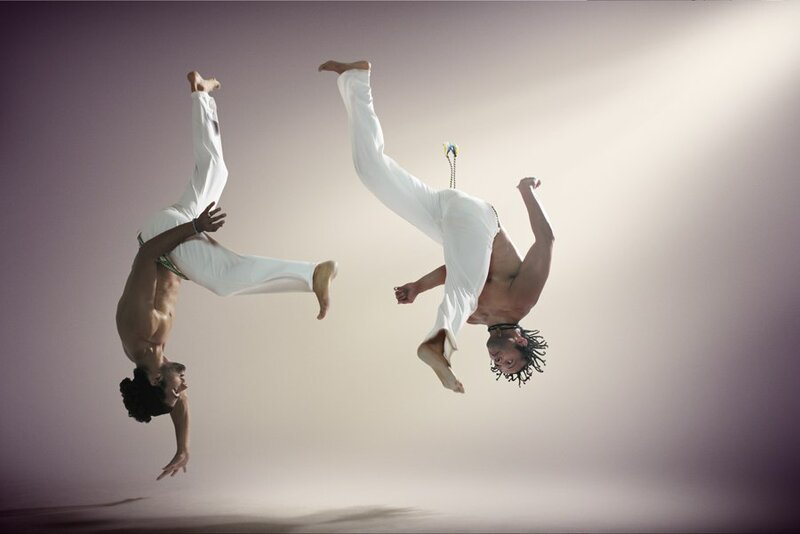
6. Different degrees of desire to train and grow. nine0030
It is quite a real situation when partners seem to have a common goal, but one is not as active as the other, often lazy, can be late and generally treat training quite irresponsibly. This is especially true for inexperienced debutant couples who are just trying themselves on this path.
We were lucky in this sense, and, despite the fact that initially Zhenya (as is usually the case with partners) was more motivated, active, energetic, purposeful, it was she who initiated the fact that we got into a pair, started to train, performed in the first two competitions, we both quickly lit up and leveled off. Plus, both of us have always had such concepts as obligations to another person (as my mother said, “you called yourself a load - climb into the back”) and if we agree on something, then we don’t let each other down, we’re not late and we don’t skip. But people with similar problems came to us for help and advice.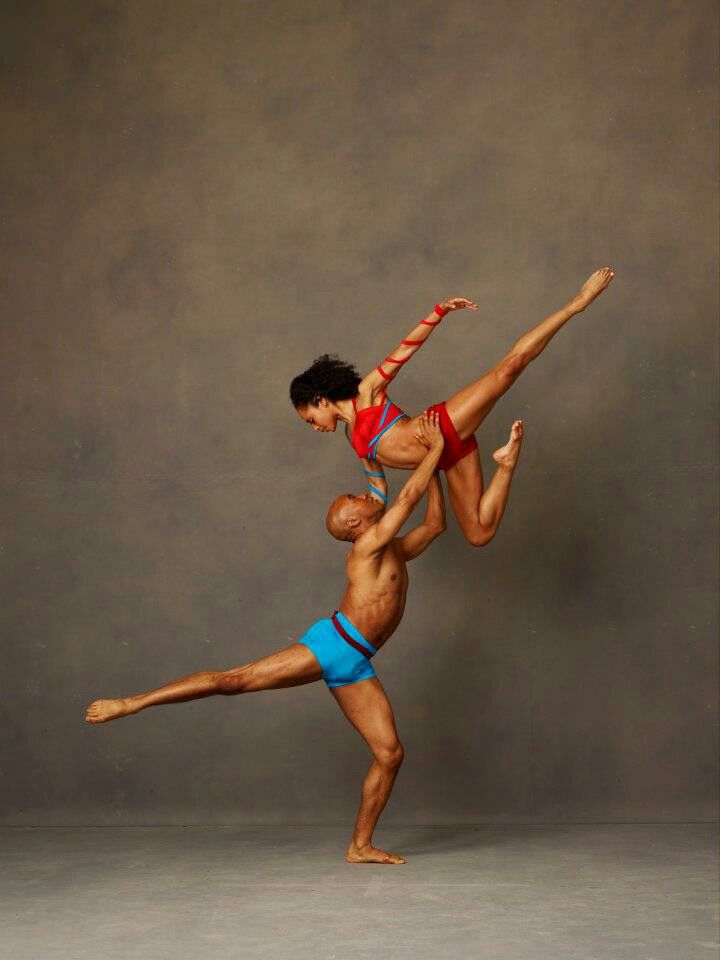 And our advice here is this: never need to do a common thing with a person who needs something less than you. Otherwise, you will have to constantly persuade him, make some concessions, constantly endure the condescending "so be it, I agree, because you need it, not me." If your partner is not motivated like you, if everything suits him and he does not want to develop, we advise you to leave, because nothing good will come of it. Even a different dance level is not terrible if the partner is torn and plows, works recklessly and constantly grows, how terrible is the unwillingness to change and become better with each training session is the worst thing you can think of!
And our advice here is this: never need to do a common thing with a person who needs something less than you. Otherwise, you will have to constantly persuade him, make some concessions, constantly endure the condescending "so be it, I agree, because you need it, not me." If your partner is not motivated like you, if everything suits him and he does not want to develop, we advise you to leave, because nothing good will come of it. Even a different dance level is not terrible if the partner is torn and plows, works recklessly and constantly grows, how terrible is the unwillingness to change and become better with each training session is the worst thing you can think of!
7. Different purposes.
If both dancers do not clearly understand why they are dancing together and what they are training for, then sooner or later this will lead to conflicts or a break. At first, people who have recently joined a couple can be very fun and cool to train together, their workouts are like fun and entertainment, they hang out and enjoy each other and dance. But sooner or later it passes! And because growth is gradually slowing down: between a person who could not do a triple step at all and a person who dances decently at a party is a few months difference, but between 25th and 20th place in the world cup or 3rd and 1st place in the main class can be several years ! The farther, the more monotonous hellish work and the less visible radical results, not to mention the famous "plateau effect" inherent in any business: when it seems to you that you are marking time, nothing changes at all, nothing shines for you and better quit everything. Yes, the effect of novelty and neophyteness passes, and then it will become harder and harder to motivate yourself to get up for self-training, for example, at 6 in the morning, to work out before work, or it’s a pity to give hard-earned money for renting a hall or a camp, because you can go to the cinema or go go skiing, but training may cease to bring pleasure at all for some period, and the partner’s face will become terribly sick)).
But sooner or later it passes! And because growth is gradually slowing down: between a person who could not do a triple step at all and a person who dances decently at a party is a few months difference, but between 25th and 20th place in the world cup or 3rd and 1st place in the main class can be several years ! The farther, the more monotonous hellish work and the less visible radical results, not to mention the famous "plateau effect" inherent in any business: when it seems to you that you are marking time, nothing changes at all, nothing shines for you and better quit everything. Yes, the effect of novelty and neophyteness passes, and then it will become harder and harder to motivate yourself to get up for self-training, for example, at 6 in the morning, to work out before work, or it’s a pity to give hard-earned money for renting a hall or a camp, because you can go to the cinema or go go skiing, but training may cease to bring pleasure at all for some period, and the partner’s face will become terribly sick)).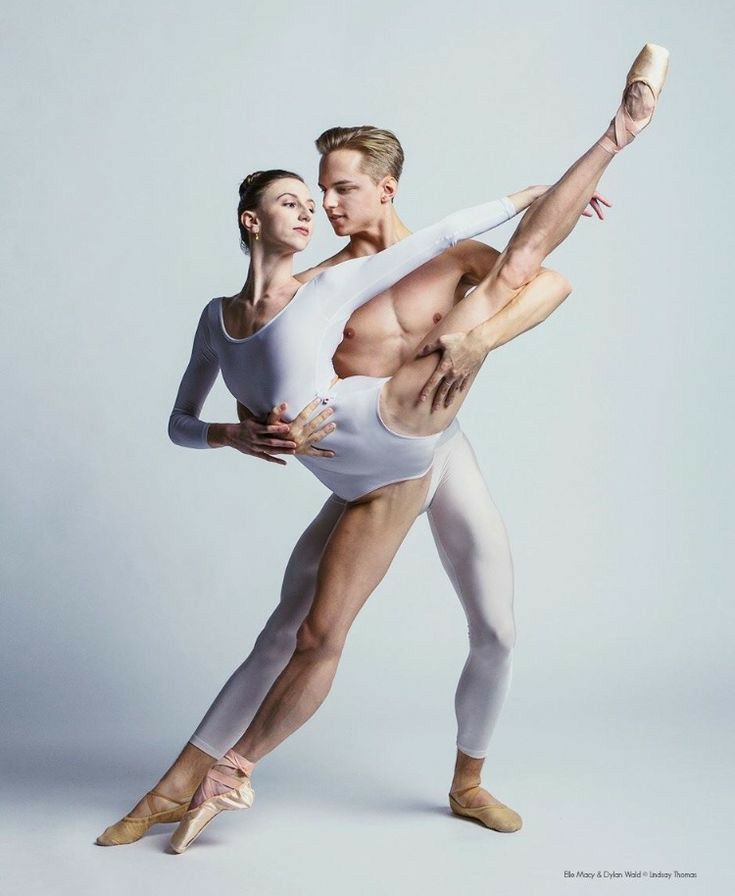 nine0007
nine0007
In such a situation, one of the partners may break down... And only one thing will help to avoid this: a clear common goal clearly formulated for both! It is she who will give strength and motivation in difficult moments. I strongly advise you to decide at the very beginning of your cooperation with a partner what you want and what you are ready to do for this. For example, one of you may want to win the C-class to show off the cup to your grandmother, and the other is ready to fight at all costs until he wins Torbjorn by knockouts. Or one just wants to perform to try what it is, and the other wants to achieve heights. Be sure to discuss this so as not to waste time and be disappointed! nine0011 But do not rush to conclusions or break up, be careful and delicate, monitor the situation, be psychologists: it often happens that a person who just wanted to try gets a taste, or someone who wanted to be a world champion breaks down at the first difficulties and gives up. Be sure to talk about your goals, try to bring them to a common denominator, discuss changes in your views and thoughts, try to come to the most similar or general conclusions - this will make your work easier and will be the key to overall success. nine0007
Be sure to talk about your goals, try to bring them to a common denominator, discuss changes in your views and thoughts, try to come to the most similar or general conclusions - this will make your work easier and will be the key to overall success. nine0007
8. "Domestic" conflicts.
In fact, besides dancing, partners intersect a lot on everyday grounds. Buy tickets to competitions, go to the camp, eat between runs, prepare costumes... It requires a high degree of organization and responsibility, which is not always available for both. Well, or very common conflicts arise when the tastes of partners collide. One, for example, believes that it is necessary to wear red shirts to the performance, and the other - that green ones. Or one comes to training and says: "I found such a cool figure, just fire, let's do it," shows, and the other answers "yes, it sucks completely, old school, corny, ugly, uncomfortable and generally shit" - this can also be attributed to typical "domestic non-cancerous" problems. It’s good when these are just creative disputes that bring people to some ideal solution and the next step becomes: “maybe we’ll try to wear red-green shirts or let’s add such an element to this figure and it will become better”, but often such disputes can cause the usual quarrel. We usually have such disputes (especially because of the figures) the sharpest and most heated, because we believe that modern boogie-woogie is in many ways creative unusual figures and complex tricks, and so far we have not always dealt with them reasonably, although in part they have learned to compromise and find common solutions. nine0007
It’s good when these are just creative disputes that bring people to some ideal solution and the next step becomes: “maybe we’ll try to wear red-green shirts or let’s add such an element to this figure and it will become better”, but often such disputes can cause the usual quarrel. We usually have such disputes (especially because of the figures) the sharpest and most heated, because we believe that modern boogie-woogie is in many ways creative unusual figures and complex tricks, and so far we have not always dealt with them reasonably, although in part they have learned to compromise and find common solutions. nine0007
A very convenient way is to share household chores. For example, one is responsible for renting the halls or buying tickets and organizing travel arrangements, while the other is responsible for inventing the costumes and bringing them to life. This means that if you entrusted your partner with buying tickets and think that he can handle it, you don’t need to pull him, remind him, or be indignant that you don’t like the train or plane - no one forced you to trust, know how to rely on another or do themselves. And in turn, if you have taken responsibility for doing something, then do it as well as possible and to the end! If you don’t trust another and don’t do things yourself - you slow down the development of the couple, you don’t go towards your common goal, you spoil everything - learn these simple things. nine0011 In the case of figures it is more difficult, especially when both of them think that they know better. Here you can be advised to try everything that each side offers, record on video and watch from the side, or show it to those you trust. There is also an option to separate spheres of influence: for example, one comes up with a track, looking for rhythm, movement and geometry for it, and the other chooses or comes up with a cool trick.
And in turn, if you have taken responsibility for doing something, then do it as well as possible and to the end! If you don’t trust another and don’t do things yourself - you slow down the development of the couple, you don’t go towards your common goal, you spoil everything - learn these simple things. nine0011 In the case of figures it is more difficult, especially when both of them think that they know better. Here you can be advised to try everything that each side offers, record on video and watch from the side, or show it to those you trust. There is also an option to separate spheres of influence: for example, one comes up with a track, looking for rhythm, movement and geometry for it, and the other chooses or comes up with a cool trick.
---------------------------------------- 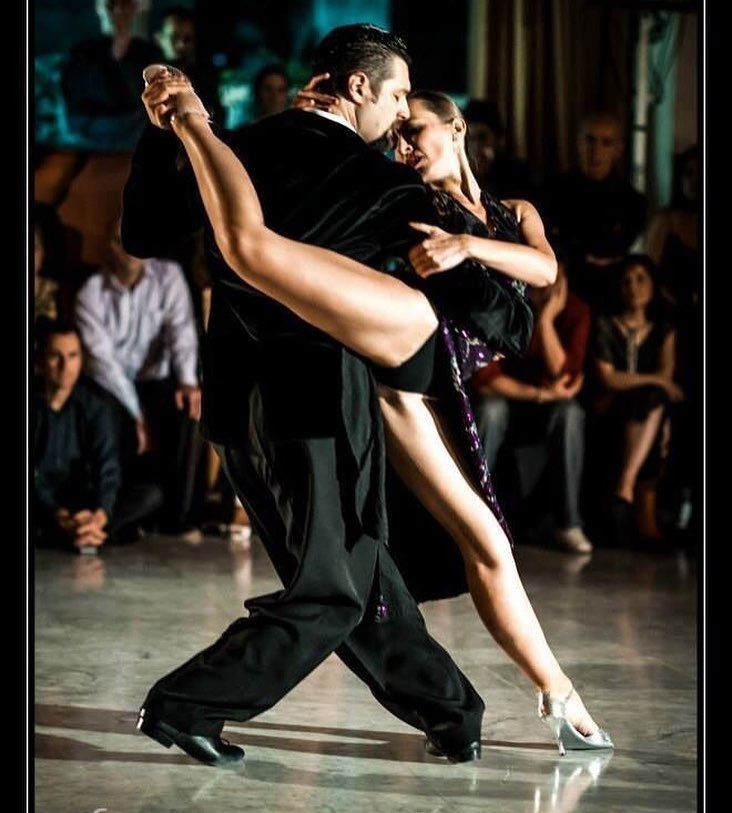 Moreover, there is usually no one problem in its pure form, they often mix up or take bizarre forms, and most often a couple of the above items are common at once, or a little bit of everything at once (like our couple, for example).
Moreover, there is usually no one problem in its pure form, they often mix up or take bizarre forms, and most often a couple of the above items are common at once, or a little bit of everything at once (like our couple, for example).
Half of the conflicts and problems can be avoided if you remember and come to terms with one important rule: both dancers in a pair are equal and equal! If you agreed to dance with a person, then you must respect him, treat with patience and understanding everything that he says and does. nine0030 This may seem strange to someone, because in a pair the partner leads, the partner decides which figure or combination to make, in general the partner should think more during the dance, and, in the end, dancing is a simplified model of the relationship between a man and a woman in life, where the mass consciousness is most often dominated by a man, and a woman, as it were, in the background (although in fact, we all understand that it is not known who is more important, Bulgakov, who wrote The White Guard, or Tatyana Nikolaevna, who brought him a basin with hot water so that he could warm his hands and continue to write, Dali, who created a new painting, or Gala, who inspired him all his life and motivated him to create, etc. ). But in fact, even at a performance (not to mention training or in everyday matters), a partner performs other, but no less important and complex functions: to behave, to feel a partner, to instantly respond to everything he does, to know music well and in comfortable moments to reflect it and stuff, and if you don’t understand how difficult it is cool and important, most likely you just never tried to do it. nine0007
). But in fact, even at a performance (not to mention training or in everyday matters), a partner performs other, but no less important and complex functions: to behave, to feel a partner, to instantly respond to everything he does, to know music well and in comfortable moments to reflect it and stuff, and if you don’t understand how difficult it is cool and important, most likely you just never tried to do it. nine0007
Competitive performance is just the tip of the iceberg, its miserable one-tenth or even less. Behind one and a half minutes of competitive dance there are one and a half thousand hours of training, communication, solving everyday problems, discussions and other interactions, and what happens to you on the site is only a small, noticeable to everyone and to no one but you, a truly incomprehensible consequence of a lot of work. Think and work, do this great work well, and then good results will not be long in coming! Don't try to jump out of your pants in a minute and a half, it won't help you unless there's a solid, solid, long-term quality foundation behind it all.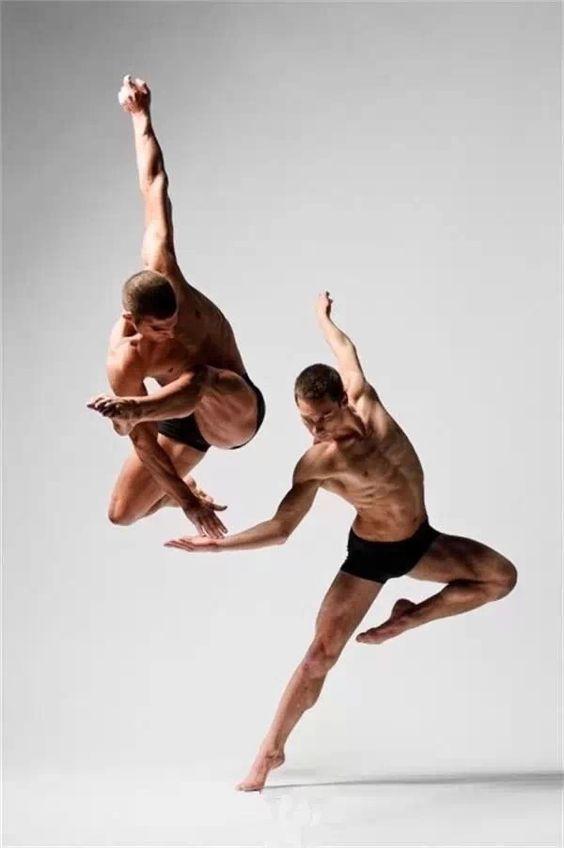 nine0011 Well, if you are a spectator or express your opinion about a couple - do not rush to slash and reason (and especially condemn or criticize someone, divide the couple, provoke it into a conflict) based on only that small part of the dance life, be attentive and delicate .
nine0011 Well, if you are a spectator or express your opinion about a couple - do not rush to slash and reason (and especially condemn or criticize someone, divide the couple, provoke it into a conflict) based on only that small part of the dance life, be attentive and delicate .
It is important to understand the nature of conflicts, to be able to listen to each other, to make compromises and concessions, to be patient and strong. Not infrequently, there are situations when someone came to a workout having a bad night's sleep, a hangover, with a sore leg or PMS, excessive irritability is noticeable, he may not like everything and he is only looking for an opportunity to start a conflict. The task of the other partner in such a situation is to be calm, balanced and patient, and, of course, the task of both is to reduce the number of such situations. nine0007
Many conflicts arise from inexperience, from a lack of understanding of how to do it right, from the lack of a unified school and boogie-woogie system, from a lack of an outside perspective on the problem.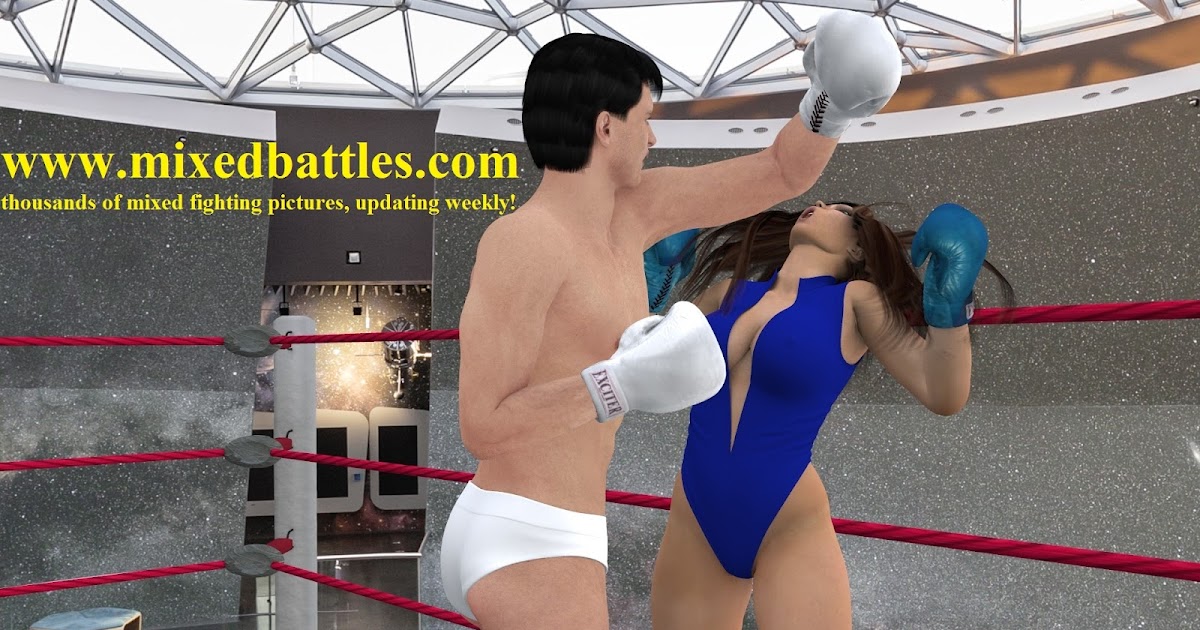 Believe me, we all understand this, we also go through all this, just like other couples dancing at a high level in Russia. In other countries, dancers train together in teams that have their own coaches and sports psychologists. Moreover, the coaches are often former top dancers who follow the development of boogie-woogie very closely and have vast dancing and coaching experience, such as the legendary Aina, Henrik and Johanna, Michael Grimm. Unfortunately, in Russia today a different situation has developed, couples are forced to train mostly on their own, on their own and only under their own supervision, but this does not mean that you need to give up. nine0011 Throughout our dancing career and until now, we have acutely felt the need for a coach, a person who could help with technical or choreographic issues, provide moral support before the competition. If there were such a person, we could grow and develop much faster, we could avoid thousands of stupid conflicts and problems. Sometimes it seems that the situation is hopeless, we are all doomed to quarrels, suffering, breaks, but in fact, this is not at all the case, there are many ways invented by us and before us to prevent and avoid quarrels and conflicts and establish good relations in a couple! nine0007
Believe me, we all understand this, we also go through all this, just like other couples dancing at a high level in Russia. In other countries, dancers train together in teams that have their own coaches and sports psychologists. Moreover, the coaches are often former top dancers who follow the development of boogie-woogie very closely and have vast dancing and coaching experience, such as the legendary Aina, Henrik and Johanna, Michael Grimm. Unfortunately, in Russia today a different situation has developed, couples are forced to train mostly on their own, on their own and only under their own supervision, but this does not mean that you need to give up. nine0011 Throughout our dancing career and until now, we have acutely felt the need for a coach, a person who could help with technical or choreographic issues, provide moral support before the competition. If there were such a person, we could grow and develop much faster, we could avoid thousands of stupid conflicts and problems. Sometimes it seems that the situation is hopeless, we are all doomed to quarrels, suffering, breaks, but in fact, this is not at all the case, there are many ways invented by us and before us to prevent and avoid quarrels and conflicts and establish good relations in a couple! nine0007
The main thing to remember is that you are always together and always at the same time, you always have common goals, common victories and common defeats.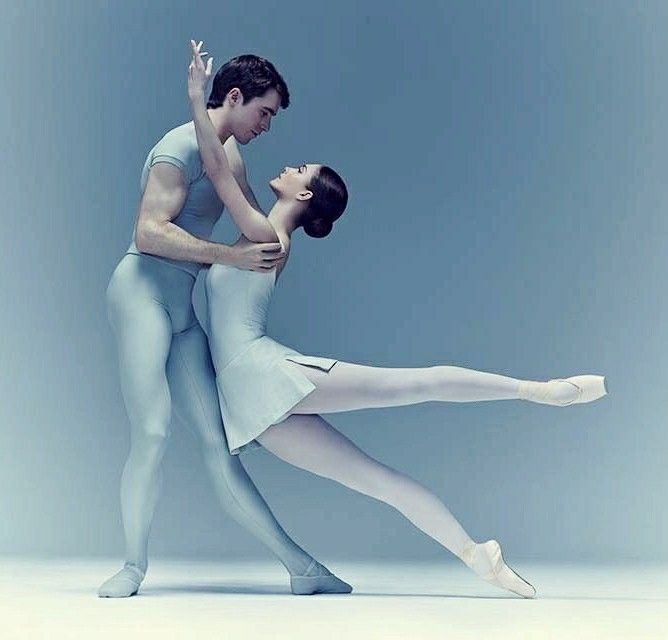 You will always have only a general result, you are connected, and your business is not only to work well yourself and fulfill your role in the dance by 100%, but also to help your partner, doing everything to ensure that the fulfillment of his role by 100% is for it is convenient and enjoyable, because you need it, both of you, your team and your overall result.
You will always have only a general result, you are connected, and your business is not only to work well yourself and fulfill your role in the dance by 100%, but also to help your partner, doing everything to ensure that the fulfillment of his role by 100% is for it is convenient and enjoyable, because you need it, both of you, your team and your overall result.
Let's live together! nine0011 Your Zhenya and Kolya
Tags: world competitions, cognitive, teaching, problems, psychology, the way to the perfect dance, Russian competitions, school
Typical dance "traps" and how to avoid them for a beginner dancer on the air again! We apologize for the long absence - teaching has now been added to the usual training, trips and competitions, so the blog has temporarily faded into the background. But now everything has more or less entered a stable phase and we promise to regularly tell a lot of interesting things again! nine0007
----------------------------------------
In the dance environment, we have long been surprised by several things that, at first glance, are quite different, but, as it seems to us, have a common root.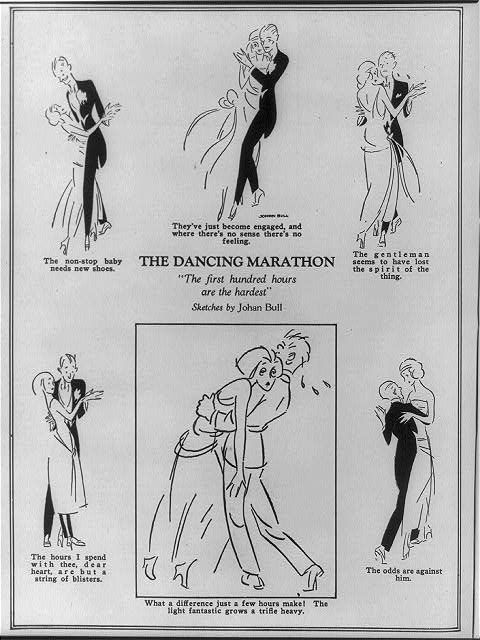
1. People who have been dancing for years but never grow or progress. For years they make the same figures, for years they make the same mistakes, and often really correctable ones. And it’s good when a person really realizes and admits himself: yes, my level is low, but this is enough to have a good time / do dancing as a physical education / communicate and hang out / etc, so I’m not going to change anything, I’m already good - this is a position, although not approved by us (since such a person is unlikely to bring joy and pleasure in dancing to someone other than himself - partners and partners love to dance with those who dance well, and the audience likes to look at those who do it beautifully ), but honest and adequate. But there are also those who are offended and upset with surprise when, for example, in the camps they are once again selected for a low level or they begin to be refused at parties. nine0007
2. Couples who can't get out of C and B classes for years .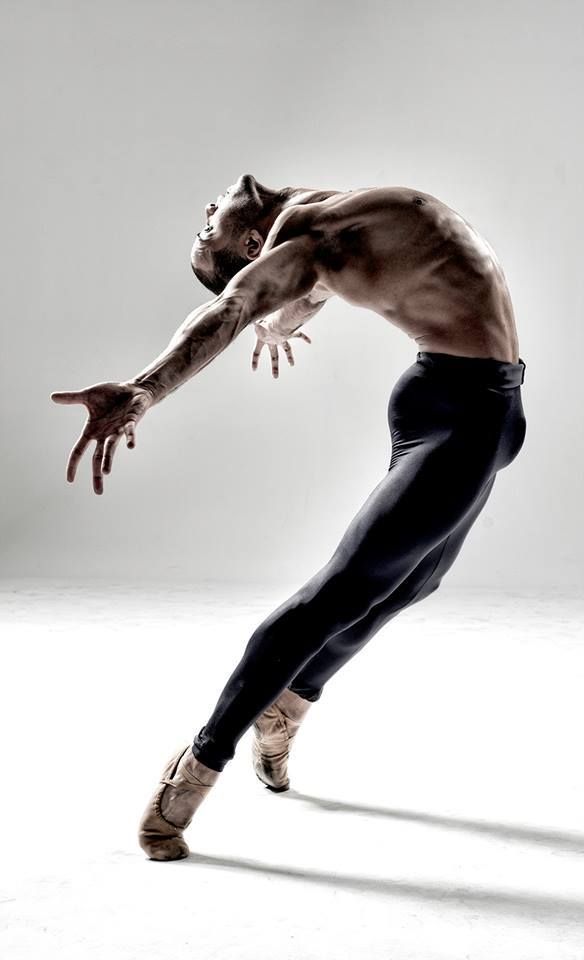 Despite the fact that, as far as we know, among the competitors there are not and cannot be people with an honest position from the first paragraph (“I feel good anyway”), because if you go out to dance in public, then you do it for others, and you want to be liked by others, and even more so in competitions - after all, this word itself implies a desire to become better, grow, win, achieve success.
Despite the fact that, as far as we know, among the competitors there are not and cannot be people with an honest position from the first paragraph (“I feel good anyway”), because if you go out to dance in public, then you do it for others, and you want to be liked by others, and even more so in competitions - after all, this word itself implies a desire to become better, grow, win, achieve success.
These couples can even train and work regularly and quite a lot, but still do not get out of the lower classes. They seem to be moving in the wrong direction, doing the wrong thing... And they can blame anyone and anything for this (from bad genetics and an unlucky star to judges), but not themselves. As a result, there often comes a moment when such a couple cannot stand it and quits competing, explaining this in different ways: from us "not given" to "the judges did not understand us", or, worse, stop dancing altogether. nine0007
3. Couples who, having won prizes in C and B class, quit competing or dancing in general .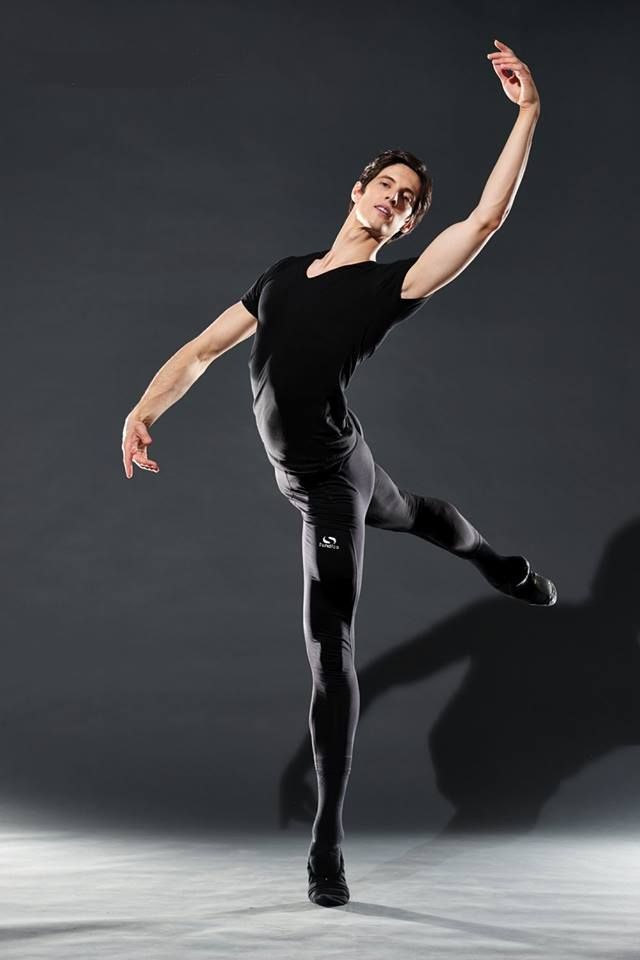 And simply, satisfied with themselves, showing off their cups of the lower classes to their mother and grandmother, they calmly degrade or turn into people from the first point. They are scared and they do not see a real prospect and opportunity to develop, they think something like "oh well, main class, we will never be able to do this, this is unrealistic." Although it is real and how!
And simply, satisfied with themselves, showing off their cups of the lower classes to their mother and grandmother, they calmly degrade or turn into people from the first point. They are scared and they do not see a real prospect and opportunity to develop, they think something like "oh well, main class, we will never be able to do this, this is unrealistic." Although it is real and how!
4. Girls who for many years cannot (rather, they say that they cannot) find a partner for training and performances and believe that the only problem is that there are simply no partners . And, for example, when some partner, maybe weaker in level, offers them to train after all, they refuse and continue to “suffer”. (By the way, there are such cases with partners, just much less often for obvious reasons).
5. People who quit dancing because something bad/difficulty or worse/slower than others in class. nine0030
----------------------------------------
Of course, in all these problems, the main fault lies, in fact, on the owners of these problems, because with such approach, it is generally unlikely to achieve something and become someone in any field, not only in dancing, and dancing itself has nothing to do with it, but still there are still some nuances that became especially noticeable to us when we began to lead regular groups and communicate with a large number of beginner dancers from their own groups and groups of other teachers.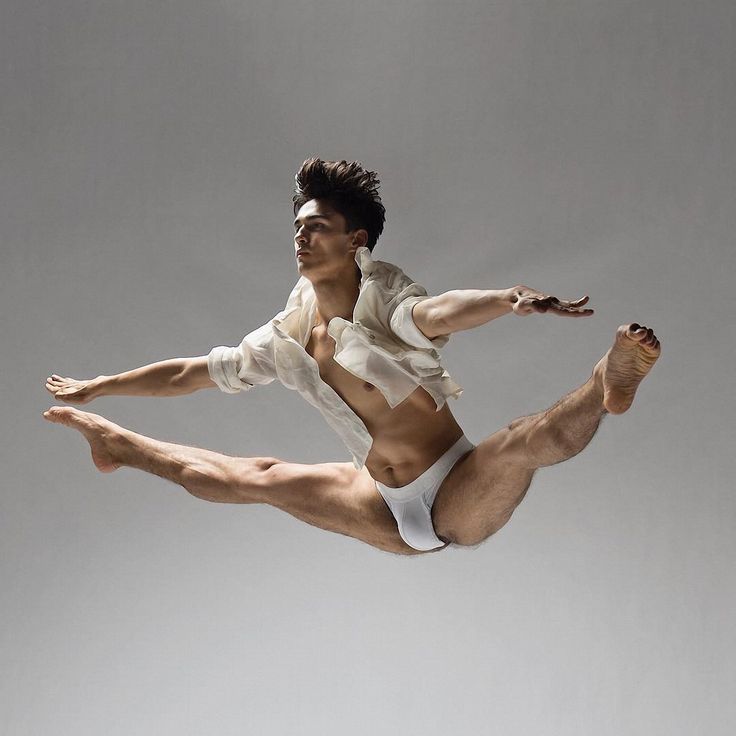 Namely: many of these problems might not have happened, well, or they would have been more rare and less serious (and now, as it is easy to see, having been in our community for a short time, they are very large-scale and pull down and back not only competitive team, but also all the boogie-woogie community) if
Namely: many of these problems might not have happened, well, or they would have been more rare and less serious (and now, as it is easy to see, having been in our community for a short time, they are very large-scale and pull down and back not only competitive team, but also all the boogie-woogie community) if
- such things would not be socially approved and not encouraged (to dance social you can dance poorly, it's okay, you need to enjoy and positive, and social is the main thing, competitions are for "especially gifted", as well as "fufu athletes"). nine0011 - teachers from the very beginning and regularly would tell their students that in order to develop, be successful, dance well, it is very desirable and important from the very beginning to think about such things as:
1. Need find yourself a dance partner to train and grow together. Not necessarily with a view to competition, just to work together, as in our dances most of the work is done in pairs. nine0011 The fact is that any group lesson is just a set of exercises that need to be done for five to ten minutes in a lesson, they need to be practiced regularly and for much longer - all high-level teachers and dancers know this. But it is obvious that devoting a whole lesson to this is stupid and pointless, everyone can do it on their own and at a convenient time for themselves in self-training. As well as figures and movements, for the assimilation of which an individual amount of time and effort is needed, which is impossible in the classroom - the group moves at a certain average pace and the teachers do not have the opportunity to wait until everyone succeeds perfectly - everyone should take care of this too. nine0011 Thus, the group lesson does not lead to the final goal, it only provides a set of exercises, topics, ideas for self-training . And in order to master the material of the lesson one hundred percent, everyone needs an individual amount of time and effort, but absolutely for everyone, no matter how gifted you are, this time is much more than the time of the lesson itself!
nine0011 The fact is that any group lesson is just a set of exercises that need to be done for five to ten minutes in a lesson, they need to be practiced regularly and for much longer - all high-level teachers and dancers know this. But it is obvious that devoting a whole lesson to this is stupid and pointless, everyone can do it on their own and at a convenient time for themselves in self-training. As well as figures and movements, for the assimilation of which an individual amount of time and effort is needed, which is impossible in the classroom - the group moves at a certain average pace and the teachers do not have the opportunity to wait until everyone succeeds perfectly - everyone should take care of this too. nine0011 Thus, the group lesson does not lead to the final goal, it only provides a set of exercises, topics, ideas for self-training . And in order to master the material of the lesson one hundred percent, everyone needs an individual amount of time and effort, but absolutely for everyone, no matter how gifted you are, this time is much more than the time of the lesson itself!
Why do you need to look for a couple right away? Firstly, because already from the very beginning there is something to do together and the sooner you start it, the faster and more efficiently the development will go.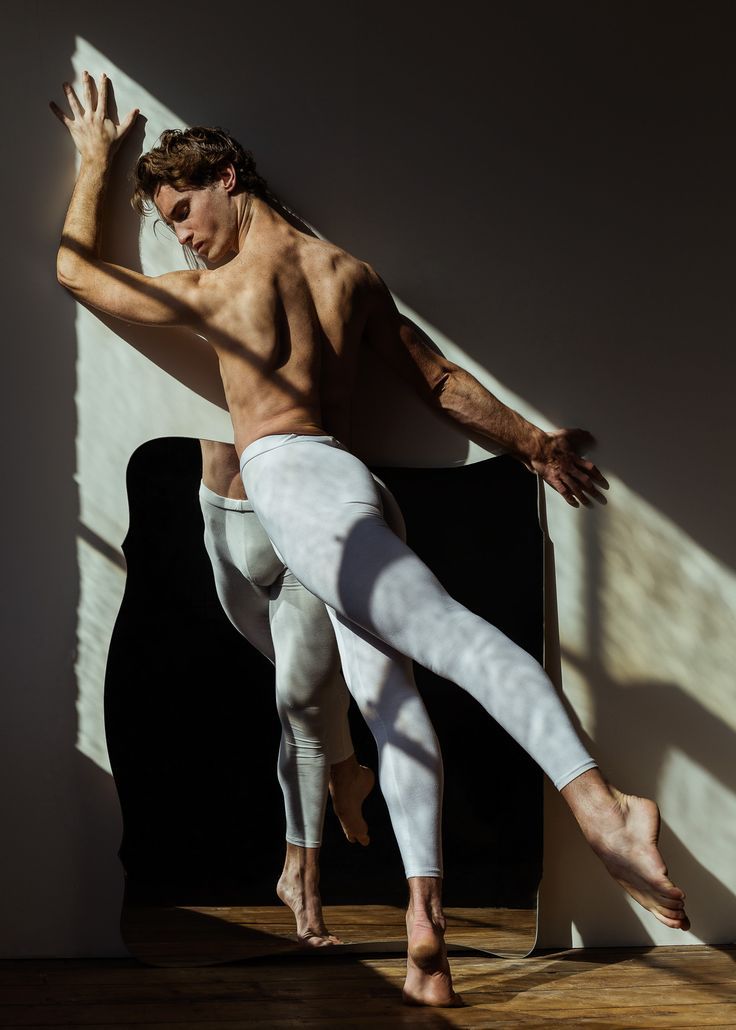 Secondly, because this way the dance growth will be more intense, and it will start to turn out faster from the very beginning, there are more chances to quickly figure out if you like it or not, whether you want to do it or not, and if you want, there will be much more prospects and opportunities. Thirdly, because later it will be more difficult. It is most convenient to do this with a person who has begun to study in a group. nine0007
Secondly, because this way the dance growth will be more intense, and it will start to turn out faster from the very beginning, there are more chances to quickly figure out if you like it or not, whether you want to do it or not, and if you want, there will be much more prospects and opportunities. Thirdly, because later it will be more difficult. It is most convenient to do this with a person who has begun to study in a group. nine0007
2. Self-training is necessary.
Ideally, when teachers have their own self-training, and preferably after the lesson, during which their students can repeat the studied material, and the teachers themselves can suggest something (we, for example, have an hour for this after the end of the continuing group lesson). But if there is no such thing (and even if there is, anyway), students should know where and how they can rent a dance hall for independent training, and realize that it is sooooo important and you need to do it yourself and that doing it on your own at least once a week, progress will double. nine0011 Of course, you can use it as a self-training party, and we know such examples, but it's a little more complicated and problematic. But, of course, in addition to the obvious benefits of relaxation, communication and atmosphere, it would be good at least sometimes at parties to try not to dance out of inertia at random and how it happened, but to try to apply and implement everything new that you have learned. Of course, this is not the main thing, but still it will also help development a lot.
nine0011 Of course, you can use it as a self-training party, and we know such examples, but it's a little more complicated and problematic. But, of course, in addition to the obvious benefits of relaxation, communication and atmosphere, it would be good at least sometimes at parties to try not to dance out of inertia at random and how it happened, but to try to apply and implement everything new that you have learned. Of course, this is not the main thing, but still it will also help development a lot.
3. The facts are that participation in competitions is the only way to constantly, quickly and unlimitedly improve in dancing. nine0006
We already wrote about this, but it's worth repeating: "cool" social (at least in Russia) does not exist in principle. The ones you admire at parties, the ones who win at jack and jill (it's like a social competition after all), the ones who put on the coolest show numbers, the ones who are "partners and partners of the year", who get high with and the most desirable thing is to dance, etc.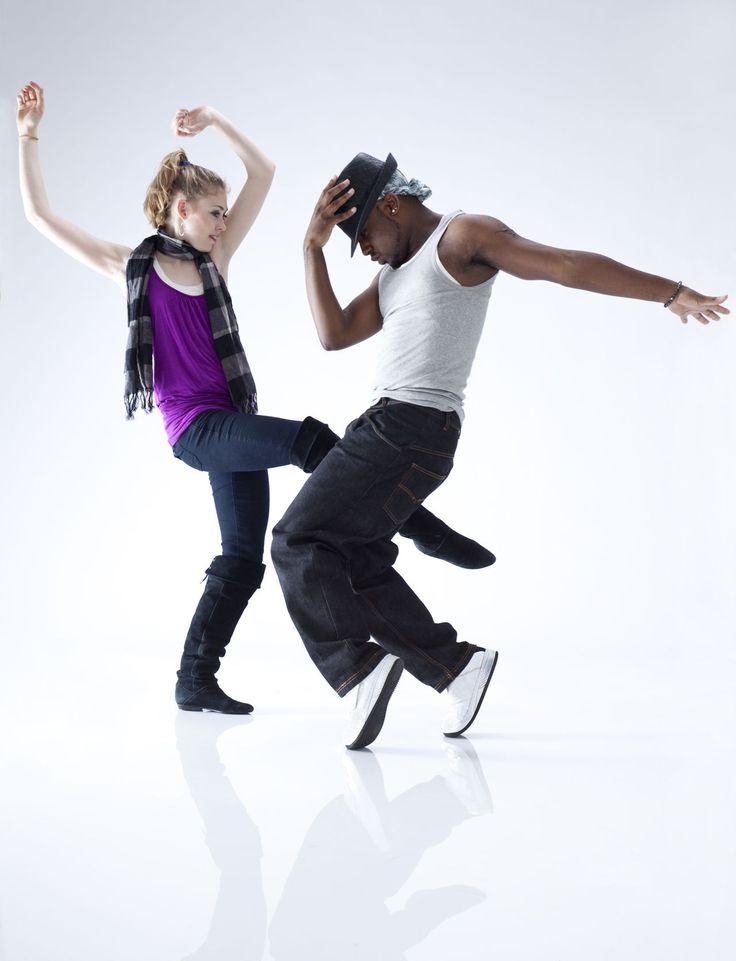 - all these people either compete now or have a great competitive career behind them. Exceptions are hard to find (maybe a couple at a stretch). If you have just started dancing and it seems to you that everyone at the parties dances cool - believe me, this is a delusion. Most purely social dancers who do not participate in competition very quickly stop in development, and at a rather primitive level, remaining at it for years. nine0011 Why hide it from the students? Why create the illusion that they can dance well without competing? Those who don’t care about dancing well or badly and those who came to talk will still do it, but for many, perhaps, their eyes will open before they cook for a year or two in a party and realize it themselves, but there will already be a lot of additional difficulties and all that's left is to bite your elbows about the lost time...
- all these people either compete now or have a great competitive career behind them. Exceptions are hard to find (maybe a couple at a stretch). If you have just started dancing and it seems to you that everyone at the parties dances cool - believe me, this is a delusion. Most purely social dancers who do not participate in competition very quickly stop in development, and at a rather primitive level, remaining at it for years. nine0011 Why hide it from the students? Why create the illusion that they can dance well without competing? Those who don’t care about dancing well or badly and those who came to talk will still do it, but for many, perhaps, their eyes will open before they cook for a year or two in a party and realize it themselves, but there will already be a lot of additional difficulties and all that's left is to bite your elbows about the lost time...
According to our observations, people in Russia are not encouraged to train, perform and compete, which is especially noticeable among teachers of the old school. And even when people themselves begin to want to perform and come to the teacher with this desire, he has nothing to offer: there are no groups, opportunities, systems ... At best, at least it is not said about competitions that this is for "athletes" and those who "does not understand the real buzz of social", but simply keeps silent, people in general can practice boogie for several years and not even imagine how our dance really looks like, create their own ideas about it from that very, very low (especially compared to the world top ) the level of our parties or local competitions. At one time we were shocked that 90% of people from different groups with more than half a year of dancing experience could not name a couple of world champions, did not know who was in the top now, and more than half admitted that they had NEVER watched videos from world competitions EVER! That is, they never saw a normal boogie-woogie at all, their tastes, views, visual dance picture was formed based only on what they saw here, in Russia, where there is not and never has been a single dancer who could even remotely claim to be normal dance in the world final!!! And what can we expect after that? Development? Prospects? Cool dancers and a worthy position of our team in the world? Hardly.
And even when people themselves begin to want to perform and come to the teacher with this desire, he has nothing to offer: there are no groups, opportunities, systems ... At best, at least it is not said about competitions that this is for "athletes" and those who "does not understand the real buzz of social", but simply keeps silent, people in general can practice boogie for several years and not even imagine how our dance really looks like, create their own ideas about it from that very, very low (especially compared to the world top ) the level of our parties or local competitions. At one time we were shocked that 90% of people from different groups with more than half a year of dancing experience could not name a couple of world champions, did not know who was in the top now, and more than half admitted that they had NEVER watched videos from world competitions EVER! That is, they never saw a normal boogie-woogie at all, their tastes, views, visual dance picture was formed based only on what they saw here, in Russia, where there is not and never has been a single dancer who could even remotely claim to be normal dance in the world final!!! And what can we expect after that? Development? Prospects? Cool dancers and a worthy position of our team in the world? Hardly.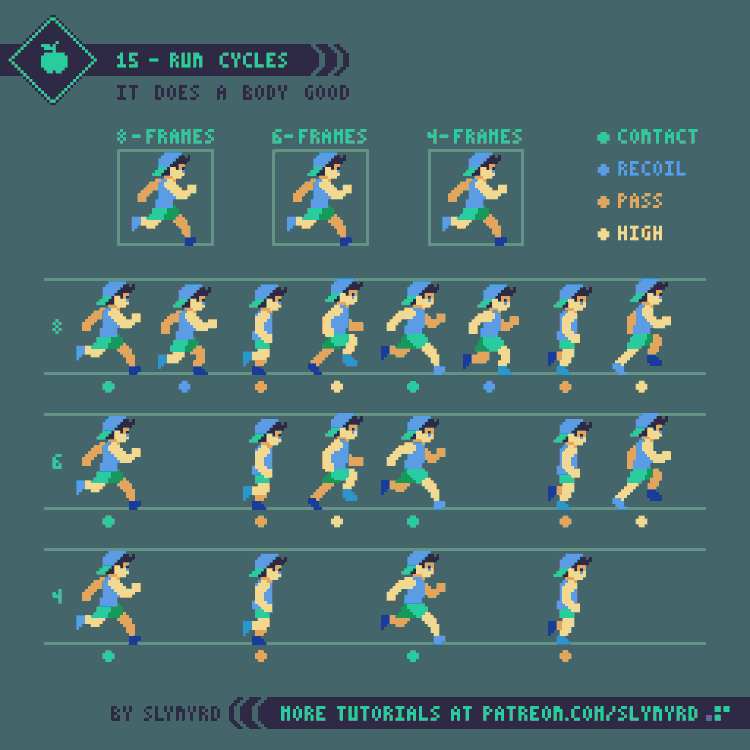 nine0007
nine0007
As a bottom line, we can say that as long as the teachers (as well as the elite and the party) do not realize that from the first days they need to talk about competitions and show competitions, they will not motivate students to perform, there will be random units of good dancers , and people with the problems described at the beginning of the posts will be the sea.
4. Regular and active parties should be attended.
This is not the biggest problem, because many teachers still tell their students about parties and encourage them to go there, but it is not uncommon for teachers to create a dance vacuum for their students, not letting them go anywhere outside their schools and group classes . And students for a long time may not really know about the existence of parties or know, but not understand how and what is happening outside their club, be afraid. It is clear that each club has a commercial policy, clubs compete and think only about their own profit, therefore they announce and advertise only the events of their organization (it's a shame that it often happens that obviously good important interesting events pass by people who are important and need it, simply because they are from another club, and no one bothered to tell them about it).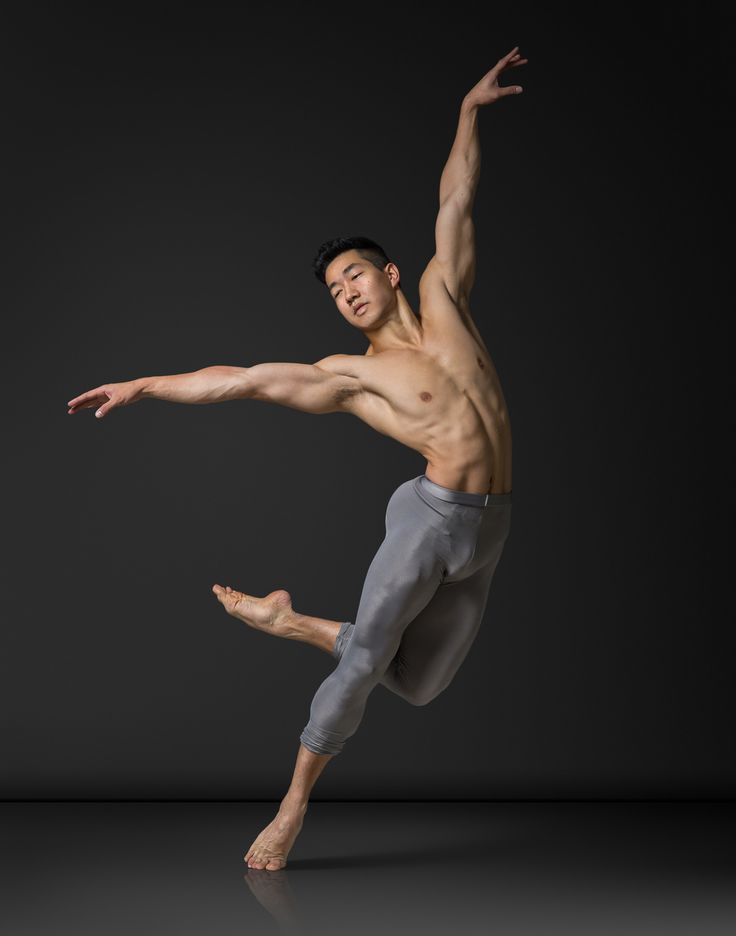 Therefore, dear students, be the blacksmiths of your own happiness, this is first of all for you - subscribe to maximum groups on social networks, follow different sites, receive all kinds of mailings, be sure to repost everything that seems important and interesting to you, no matter what it is for a club or organization, because, for example, we are already very tired of the questions why there is no information about our parties, parties, as well as lectures or thematic lessons on swingdance.ru or somewhere else - yes, because we teach in another club, subscribe to us on VKontakte or somewhere else and you will find out everything! And not only on us, but on everything that you can subscribe to and everything that you meet on this topic. nine0007
Therefore, dear students, be the blacksmiths of your own happiness, this is first of all for you - subscribe to maximum groups on social networks, follow different sites, receive all kinds of mailings, be sure to repost everything that seems important and interesting to you, no matter what it is for a club or organization, because, for example, we are already very tired of the questions why there is no information about our parties, parties, as well as lectures or thematic lessons on swingdance.ru or somewhere else - yes, because we teach in another club, subscribe to us on VKontakte or somewhere else and you will find out everything! And not only on us, but on everything that you can subscribe to and everything that you meet on this topic. nine0007
5. You should definitely go to the maximum number of dance camps.
Dance camps, first of all, are a unique opportunity to completely immerse yourself in the atmosphere of dance. All day classes from the best world and not only teachers, bonuses, various competitions, shows .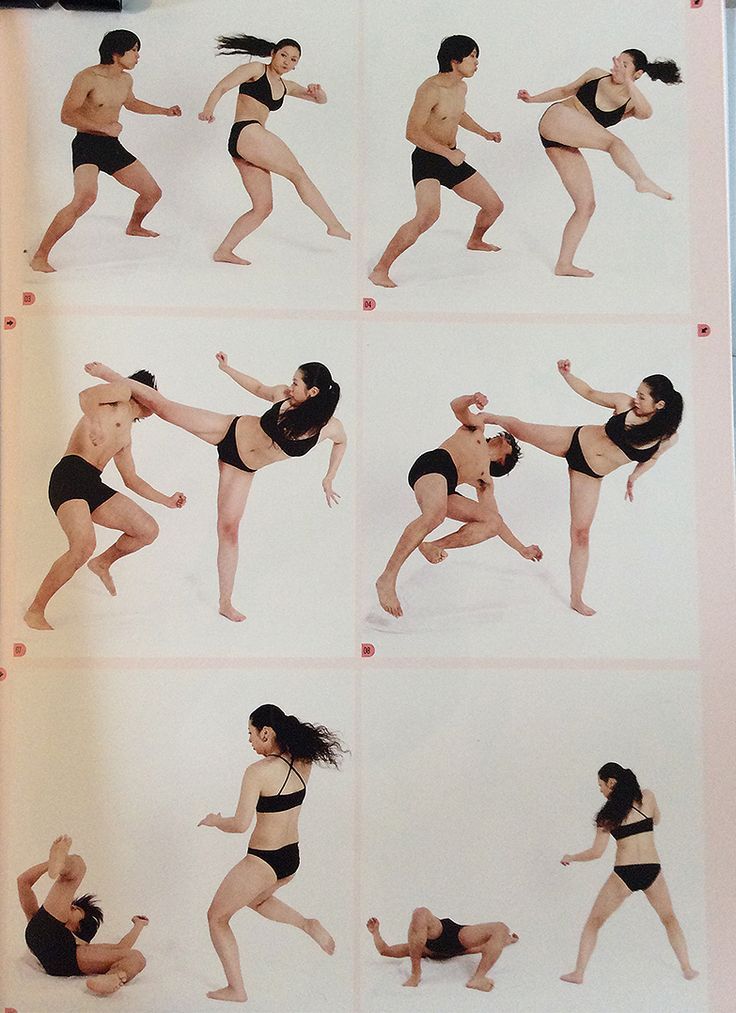 .. This is an opportunity to improve your dancing level in 3-4 days by as much as it is often difficult to improve it in two months of regular group classes. Secondly, this is a chance to look at the very "real" European boogie live and find "ten differences" from Russian, as well as ask all the questions of interest to the dancers of the highest level who usually teach in such camps. nine0007
.. This is an opportunity to improve your dancing level in 3-4 days by as much as it is often difficult to improve it in two months of regular group classes. Secondly, this is a chance to look at the very "real" European boogie live and find "ten differences" from Russian, as well as ask all the questions of interest to the dancers of the highest level who usually teach in such camps. nine0007
4. It is impossible to develop quickly (and in some cases even impossible) without individual lessons.
A little more about this.
Why do people understand that in order to learn English, you can work out with a tutor, or to properly and quickly pump up muscles, you need to work out with a trainer in a fitness club, but do not understand that in order to effectively and quickly correct your dancing mistakes and learn to dance, you need take private lessons?
As it turned out, many people don't do it, not because they don't want to and not because it's expensive (prices for dance lessons in Moscow boogie-woogie are significantly lower than in many other areas), but simply because it doesn't come to them in head, it's not popular in the community, teachers don't talk about it! And this despite the fact that in ballroom dancing, or, for example, in hustle - regular individuals are the norm, not the exception. When we started teaching, we realized the inestimable importance of the individual for each of our students, and the facts show that those who at least occasionally study individually, assimilate the program and correct mistakes much faster. There are examples when people, after two months of group classes in combination with individuals, can easily master the material that people with experience of six months or more can hardly draw, and also, in three or four individuals, easily assimilate the material of the first two months of classes and calmly come to group. And those who never take individual classes and rely only on classes often run into a dead end, mark time, spend a lot of time and effort trying to understand what the teacher will say and help correct in half an hour on an individual - alas, not on a single group it is impossible to spend so much time on everyone. nine0007
When we started teaching, we realized the inestimable importance of the individual for each of our students, and the facts show that those who at least occasionally study individually, assimilate the program and correct mistakes much faster. There are examples when people, after two months of group classes in combination with individuals, can easily master the material that people with experience of six months or more can hardly draw, and also, in three or four individuals, easily assimilate the material of the first two months of classes and calmly come to group. And those who never take individual classes and rely only on classes often run into a dead end, mark time, spend a lot of time and effort trying to understand what the teacher will say and help correct in half an hour on an individual - alas, not on a single group it is impossible to spend so much time on everyone. nine0007
Yes, and from our own experience we can say that individuals gave us in many ways much more serious impetus for development than group classes.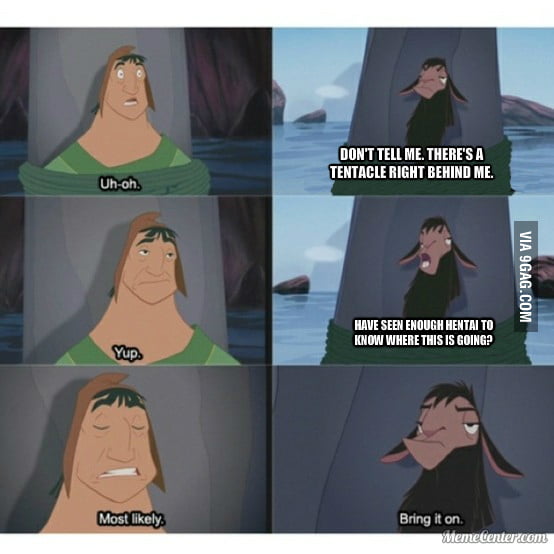 Of course, in combination with them, and with self-training. When we had specific problems or questions, or we noticed some mistakes that we couldn’t deal with quickly, or something didn’t work out, we chose a teacher, went to an individual and asked him specific questions. It often opened our eyes and shocked us: how, it's so simple, but we couldn't achieve this for several months?! Or: wow, what an exercise, exactly the same we need for this and that, how did we not come up with it ourselves? And we, of course, could, with due perseverance and endless time, solve these problems and come up with these exercises, but what the costs would be is unknown. Why reinvent the wheel when it's already been invented? nine0011 And if we talk about competitions, it's impossible to compete in Russia without individuals, because in all groups basically only social is taught. But more on that later.
Of course, in combination with them, and with self-training. When we had specific problems or questions, or we noticed some mistakes that we couldn’t deal with quickly, or something didn’t work out, we chose a teacher, went to an individual and asked him specific questions. It often opened our eyes and shocked us: how, it's so simple, but we couldn't achieve this for several months?! Or: wow, what an exercise, exactly the same we need for this and that, how did we not come up with it ourselves? And we, of course, could, with due perseverance and endless time, solve these problems and come up with these exercises, but what the costs would be is unknown. Why reinvent the wheel when it's already been invented? nine0011 And if we talk about competitions, it's impossible to compete in Russia without individuals, because in all groups basically only social is taught. But more on that later.
----------------------------------------
Problems and disadvantages of group classes.
1. In group classes, you inevitably learn at a pace that is geared towards the average student, the average student. In this situation, those who do not grasp the material so quickly suffer first of all. This does not mean that they are less promising, or will not be able to become cool dancers (very often, on the contrary, those who succeed easily and quickly quit because they treat dancing frivolously and superficially, and those who at first succeed badly and go slowly, but they overcome difficulties, become great dancers and know how to appreciate what they do). But it also happens that they don’t manage to succeed in a lot of things, and the teacher within the framework of group classes cannot do practically anything for this (although we all try to prompt everyone, yes, but five minutes that can be allocated in a common lesson is extremely little and not enough for everyone) and at some point such students begin to think that they are “not given”, get upset and think about quitting dancing. Secondly, those who have behind them the experience of other dances and those who do everything faster and more correctly than others also suffer. Such students need more complex material and workload so that they can quickly move to a more advanced group. Individual lessons solve both problems. Those who do it slower learn the basics on individuals, get involved in the process and get more from group classes, working on an equal basis with everyone. And those who learn faster, with the help of individuals, have the opportunity to pull themselves up and move to a stronger group, or reach a fundamentally new level, for example, start training on their own and compete. nine0007
Secondly, those who have behind them the experience of other dances and those who do everything faster and more correctly than others also suffer. Such students need more complex material and workload so that they can quickly move to a more advanced group. Individual lessons solve both problems. Those who do it slower learn the basics on individuals, get involved in the process and get more from group classes, working on an equal basis with everyone. And those who learn faster, with the help of individuals, have the opportunity to pull themselves up and move to a stronger group, or reach a fundamentally new level, for example, start training on their own and compete. nine0007
2. The more people in the group, the less attention is given to each student. The teacher in the group cannot physically correct all the mistakes of each student, usually only common and general mistakes are eliminated. As a result, each person from lesson to lesson can accumulate a set of individual mistakes and misunderstandings that quickly outgrow hard-to-correct bad habits and interfere with correct and rapid dance development. And this is one of the main reasons why it is necessary to study additionally individually at least occasionally. nine0007
And this is one of the main reasons why it is necessary to study additionally individually at least occasionally. nine0007
3. For couples who are going to compete, the training program that is given in the general group is not enough. They need a competitive technique that is not given enough attention in the lessons (since most people come to learn how to dance social) they need skills in artistry, delivery, dancing in front of the audience, which is very different from social - this is not discussed in groups at all . And they also need their own original figures, help and advice in inventing them, insurance in tricks, correcting rhythmic and visual errors in combinations, which a couple without serious competitive experience, based only on group lessons, cannot have an idea. It is difficult to help such couples within the framework of a normal group session. They definitely need to be dealt with individually at each stage of competitive activity, otherwise there are very few chances and again it will take a long and painful time to reinvent the wheel, which teachers and experienced competitive dancers are well aware of, but cannot tell you in group classes! nine0007
Features and nuances of individual lessons.
1. Completely individual approach. The teacher is completely focused on the possibilities, goals and desires of the student. He tells you what you want, as much as you want and as much as you want. The student learns what he wants himself, can influence the lesson program, material, and even the music under which everything happens. Choose what to do - lead-follow technique, musicality, main move, or something else, any questions and problems. Of course, there is always an option: "just see what's wrong with us and fix it" - whatever you want! nine0011 2. The teacher notices mistakes in time and eliminates them radically, before these mistakes develop into a bad habit. Thus, students learn to dance very quickly and efficiently. Correcting bad habits, especially in basic technique, is very difficult. Much easier not to start them! But since they are very individual and different for everyone, group classes do not get rid of them. Only a timely taken individual (and, of course, his comprehension and development in self-training) can save you from such things, there are no other options. nine0011 3. The ability to study at a convenient time, and not adapt to the group. This is especially true for those who have an uncomfortable long break between work and group classes, or for those who work late.
nine0011 3. The ability to study at a convenient time, and not adapt to the group. This is especially true for those who have an uncomfortable long break between work and group classes, or for those who work late.
4. Opportunity to dance with the teacher as much as necessary and feel what is "good" and how "right".
5. The ability to study with teachers alone or in pairs with any partner: with your competitive partner or just with someone you like.
How to choose a teacher for individual lessons.
1. The problem and at the same time the dignity of our dance is that in many things there is no absolutely right and wrong. Our dance is very different in different times (check out the oldschool 90s and modern video), in different countries (two main styles now: Swedish and Norwegian, as well as quite a few peripheral ones), and even among different dancers within the same style. There are a lot of different directions, currents, types, nuances. Therefore, choose for individuals who you like how to dance.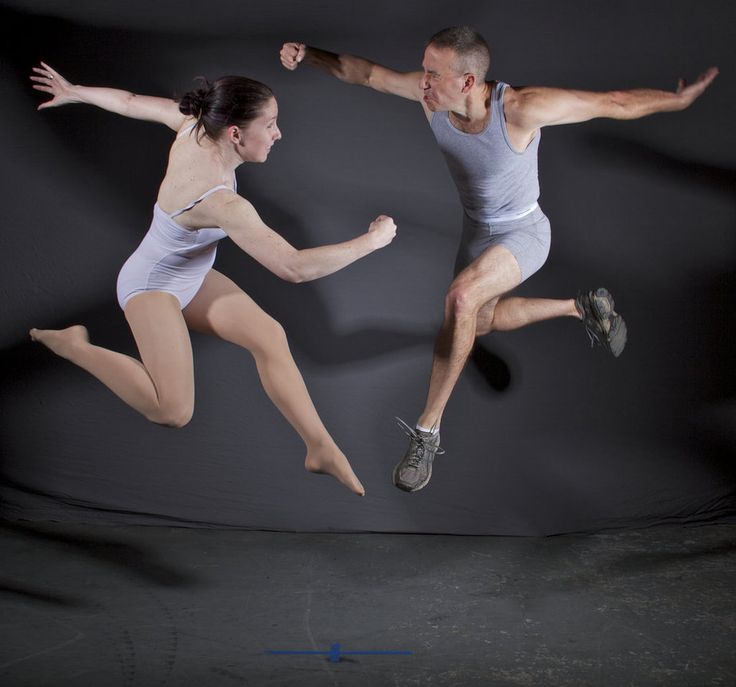 Try to form your own taste and find yourself dance guidelines, and take individu from someone who is closer to your passions. It doesn't make sense to take an individual from Torbjorn if you want to dance like Pontus! nine0007
Try to form your own taste and find yourself dance guidelines, and take individu from someone who is closer to your passions. It doesn't make sense to take an individual from Torbjorn if you want to dance like Pontus! nine0007
2. It's better if the dancer you want to take indiv from and you like has teaching experience. We have often seen that people who do not teach take longer and harder to find errors and solve problems. We ourselves, having started teaching, realized a lot of new things, found many new techniques and approaches for explaining and transmitting information, and appreciated this difference. Although there may be exceptions.
3. It is better if the dancer from whom you choose an individual has an official confirmation of his status (especially if you are a beginner dancer and are still poorly versed in dance). These are awards in serious competitions or the presence of students who have such awards. Do not be lazy, look for information about the teacher or ask about him.